In 2002, Canadian photographer Christopher Herwig started working on his unique series dedicated to the often-overlooked architectural marvels of Soviet bus stops. Herwig captured the essence of these peculiar pieces of architecture and featured their images in two books: ‘Soviet Bus Stops’ and ‘Soviet Bus Stops Vol. 2’. Another exciting project Herwig worked on and showcased in the book is ‘Soviet Metro Stations.’ All three of them were published by FUEL.
After that, the photographer worked on a film, documenting his journey through former Soviet Republics from Ukraine to Uzbekistan, Armenia to Far Eastern Siberia, and all points in between, in a decades-long bus stop treasure hunt across more than 50,000 kilometers. ‘SOVIET BUS STOPS – The Poetry of the Road’ had its premiere in 2022.
Today we would like to present you with an impressive collection of photographs featuring some of the most bizarre bus stop designs you have ever seen. If you want to see the previous post featuring more examples of Soviet bus stops photographed by Christopher Herwig, you can click here.
More info: Instagram | Facebook | sovietbusstops.com | herwigphoto.smugmug.com | (H/T)
01. Pitsunda, Georgia
As we read on the website dedicated to the film documenting the work on the series, Herwig tells more about what initially sparked his interest in taking on this project: “Wondering why they existed was one of the driving forces that fascinated me with the bus stops (…) It was unexpected. Every time you’d see one, you’d wonder, ‘What was the plan here?’ Or, ‘What was the purpose?'”
We contacted Christopher Herwig to learn more about his photo series “Soviet Bus Stops.” We wanted to know if any particular bus stops or regions left a lasting impression on the photographer during all the years of shooting for the documentary. Herwig shared with us: “So much of it was amazing because it was a brilliant road trip. Armenia stands out for its stunning landscapes. Georgia and Ukraine in the snow were also a joy to explore and a magical experience at the time.”
02. Jil-Aryk, Kyrgyzstan
03. Nova Lyubomyrka, Ukraine
Throughout his journey, Christopher mentioned encountering suspicion and accusations of being a spy. We wondered how Herwig navigated these situations and if they influenced how he approached his photography and documentation. We discovered that: “There were many instances where local people questioned why I was stopping and photographing the bus stops. To them, they were nothing new and unique and often neglected and run down. They feared I was photographing them to make their community look bad. I would try and explain that they were something unique and special. To me, they showed creativity and were beautiful.
Sometimes I would show them the other pictures on my camera to give them the context of the project. Sometimes I would convince them my intentions were genuine, but not always. The odd person did accuse me of being a spy, but that was just a ridiculous joke to me or, in one case, a scam by a taxi driver to extort money from me. As the project went on, my belief that the bus stops were beautiful and should be photographed grew, so it did not influence me so much what others thought as I knew I did not mean disrespect with my work.”
04. Borjomi, Georgia
05. Pitsunda In The Disputed Region Of Abkhazia/Georgia
We know that some of the bus stops’ creators were tracked down during Herwig’s documentary work. On the “Soviet Bus Stops” website, we can find a couple of firsthand relations from people involved in designing some of the stops. One of these creative minds was Konstantinas Jakovlevas-Mateckis, who, from 1968 to 1986, was the Head of the Environmental Architecture section of the Institute of Technical Aesthetics in Vilnius, Lithuania. The bus stops were one of the projects Konstantinas worked on. As we read on the website: “Speaking about the minor architecture, there weren’t any regulations or rules; everything was based on the architects’ knowledge and ideas, which were implemented.”
“The uniqueness of a bus stop was also based on regional differences between different republics. Belarus had its solutions, we Lithuanians had others, and some Caucasian republics were also different.”
06. Lithuania
07. East Of Aralsk, Kazakhstan
Over the years, many of these bus stops have been demolished or disregarded. We were interested in how this affects the photographer’s mission to memorialize them through his work. Christopher Herwig told us: “The fact that they are disappearing made me want to work harder to find as many of them as possible. The urgency made it more effective and exciting when I would find them; however, the reality of them being destroyed and driving thousands of kilometers to find them gone was frustrating.”
08. Ivannya, Ukraine
09. Kozhukhivka, Ukraine
Lastly, we asked what efforts are being made to preserve the legacy of these unique architectural pieces. We learned: “In some places, a few of the exceptional ones are being saved by people who see their value, like in Georgia, but otherwise, very little, to my knowledge, is being done to save most of them.”
We encourage you to visit the website with more information about this exciting series and the Instagram page, where Herwig shares more details about the bus stops he captured.
10. Rostovanovskoye, Russia
11. Goderdzi Pass, Georgia
12. Saransk, Russia
13. Argveta, Georgia
14. Gulistan Region, Uzbekistan
15. Altay Mountains, Kazakhstan
16. Chornobyl Nuclear Power Station, Ukraine
17. Kuyar, Russia
18. Lithuania
19. Atyrau, Kazakhstan
20. Gagra, Disputed Region Of Abkhazia/Georgia
21. Orhei, Moldova
22. Chornobai, Ukraine
23. Plisnyany, Ukraine
24. Zirne, Ukraine
25. Goderdzi Pass, Georgia
26. Termez, Uzbekistan
27. Rustavi, Georgia
28. Remezivtsi, Ukraine
29. Khrestyteleve, Ukraine
30. Vanadzor, Armenia
31. Kallaste, Estonia
32. Taraz, Kazakhstan
33. Argveta, Georgia
34. Kupiskis, Lithuania
35. Taldy Korgan, Kazakstan
36. Pitsunda/Bichvinta In The Disputed Region Of Abkhazia/Georgia
37. Krasnoselskoye, Russia
38. Near Omsk, Russia
39. Shlyakhtyntsi, Ukraine
40. Belarus
41. Boriti, Georgia
42. Kaunas, Lithuania
43. Near Saratak, Armenia
44. Sobinka, Russia
45. Bauska, Latvia
46. Ordzhonikidze, Kazakhstan
47. Verejeni, Moldova
48. Lake Sevan, Armenia
49. Yuryev-Polsky, Russia
50. Olmazor, Uzbekistan
Like what you’re reading? Subscribe to our top stories.





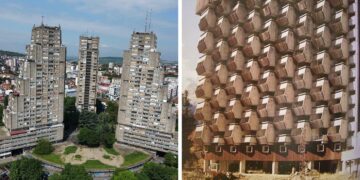


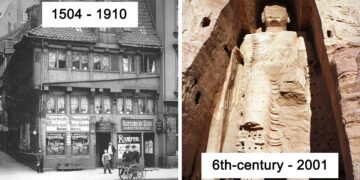




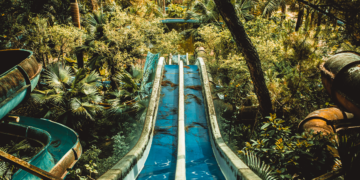







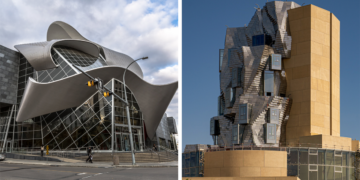
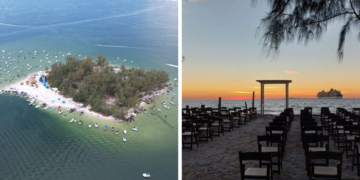
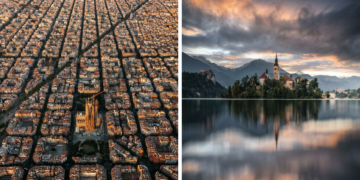
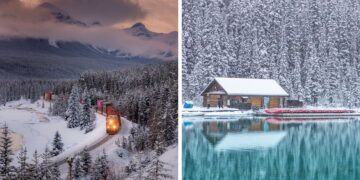


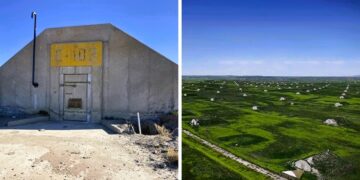








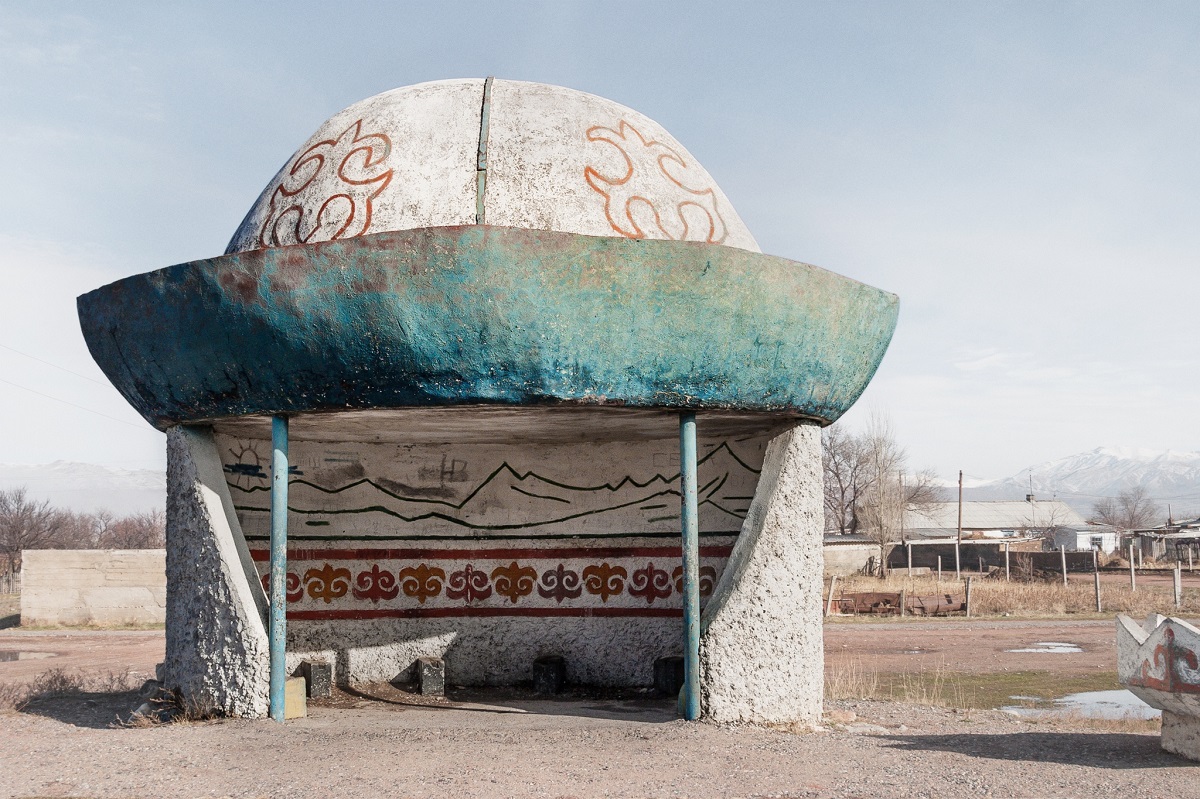
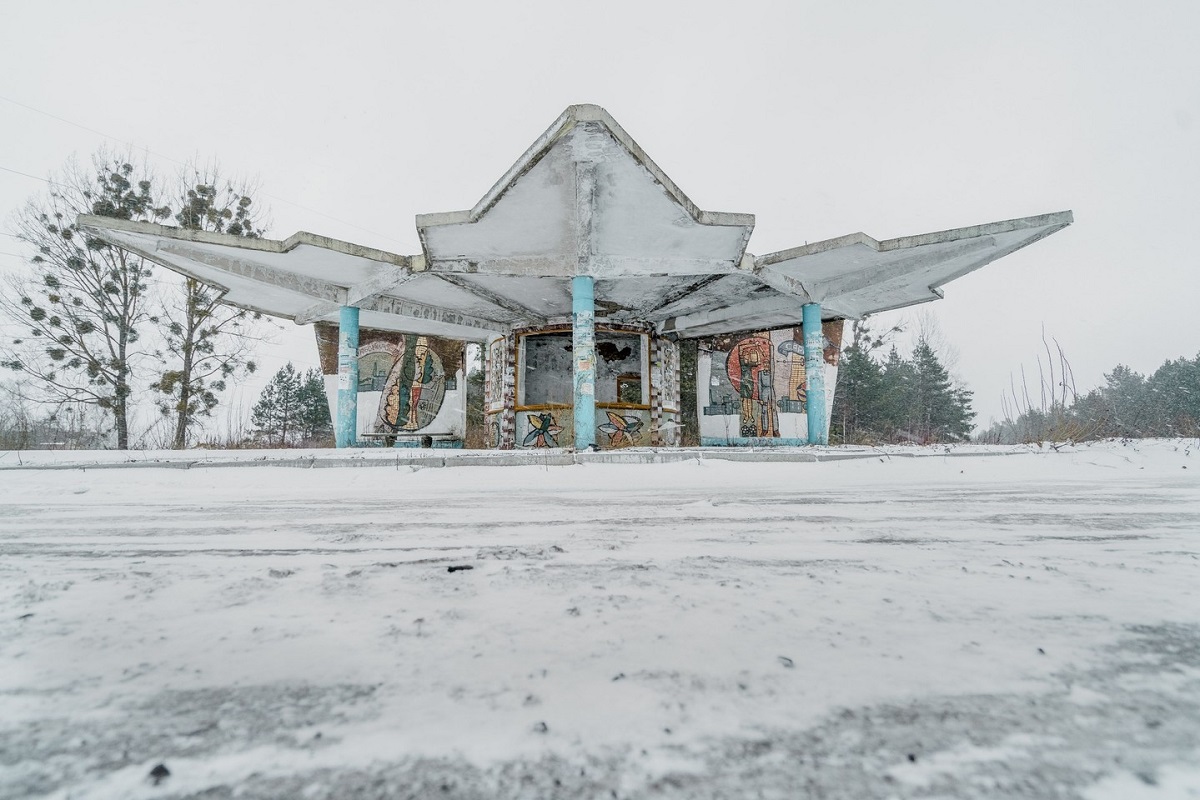
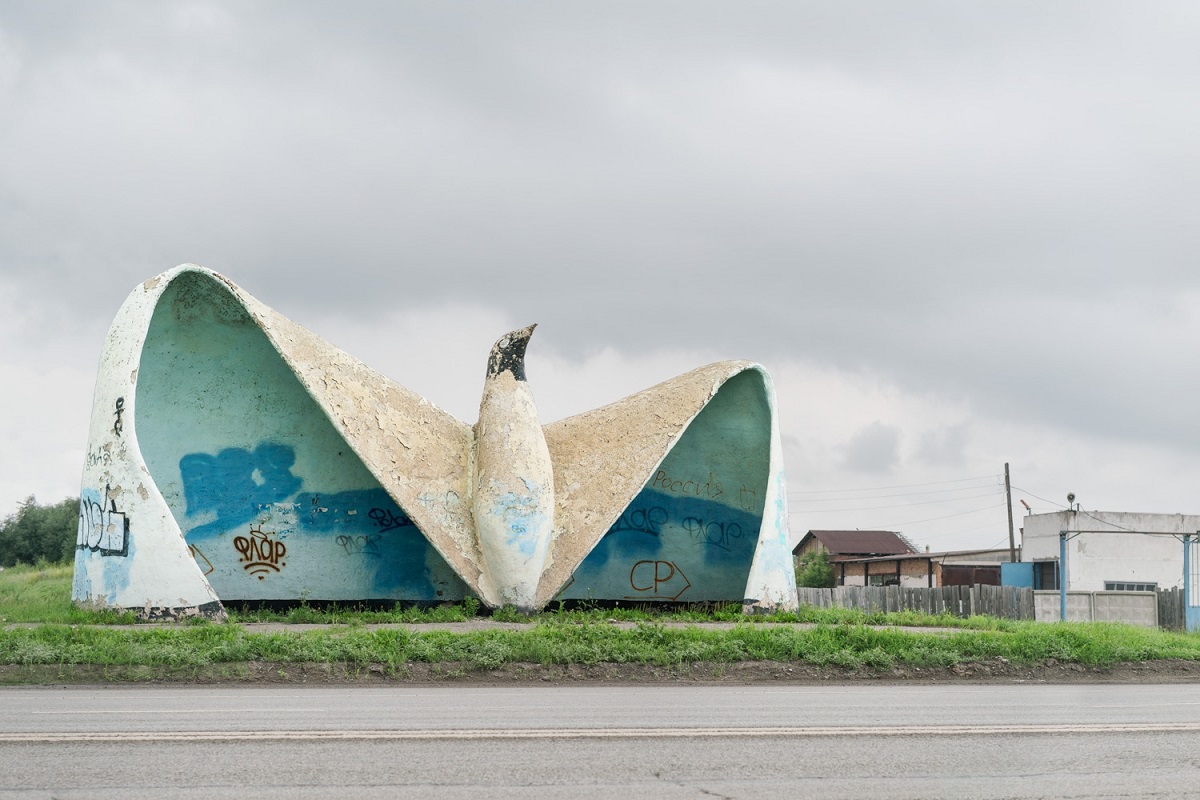
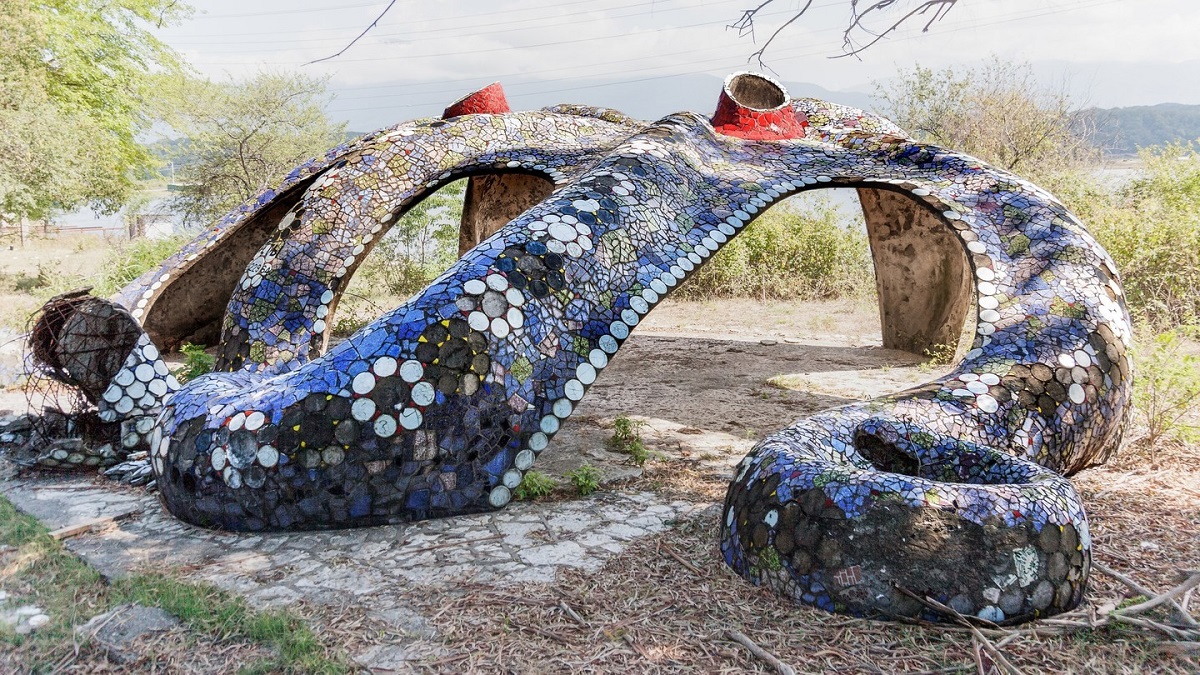
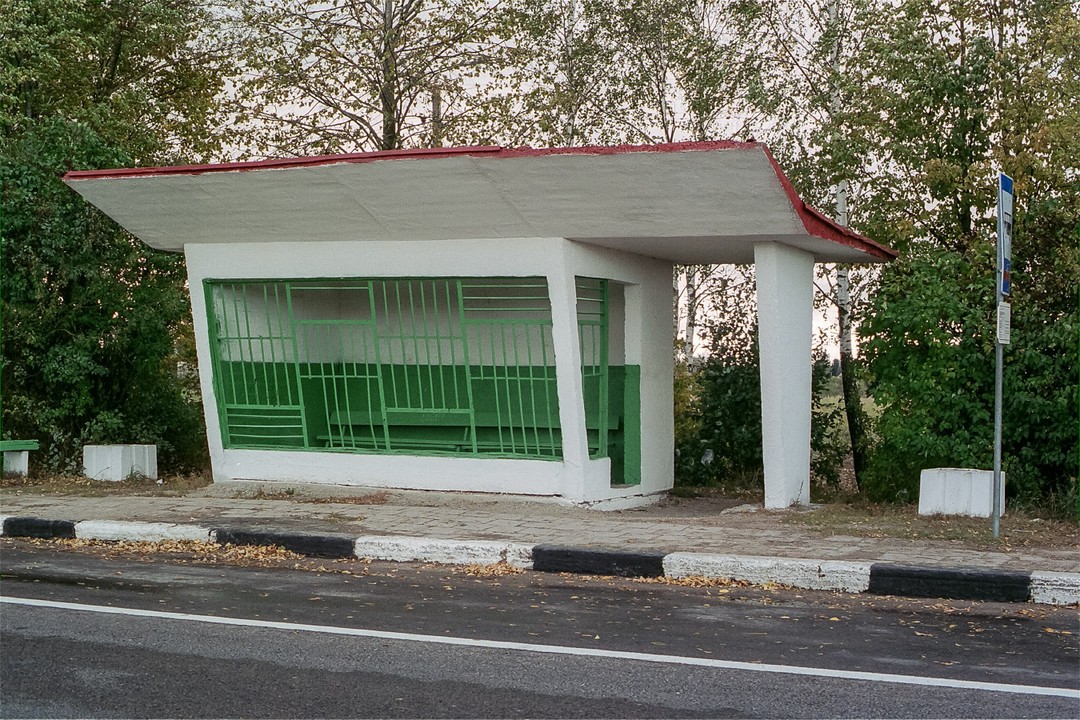
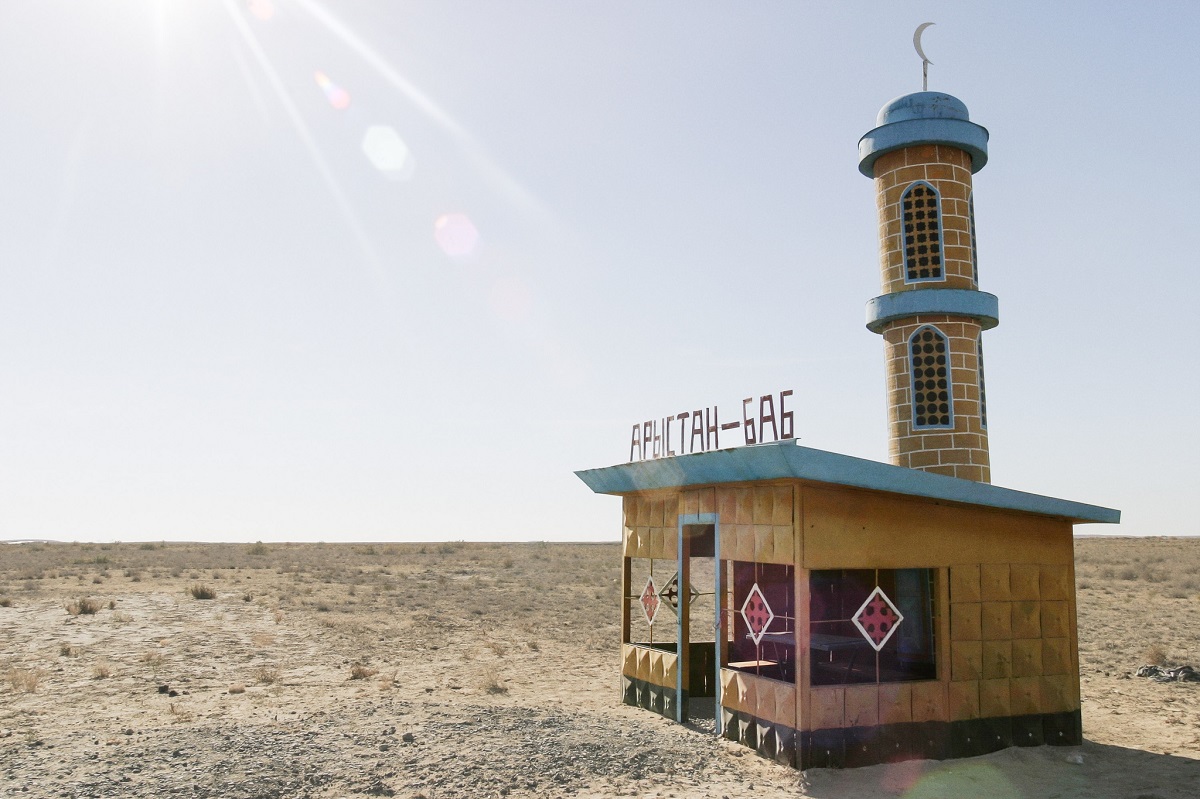
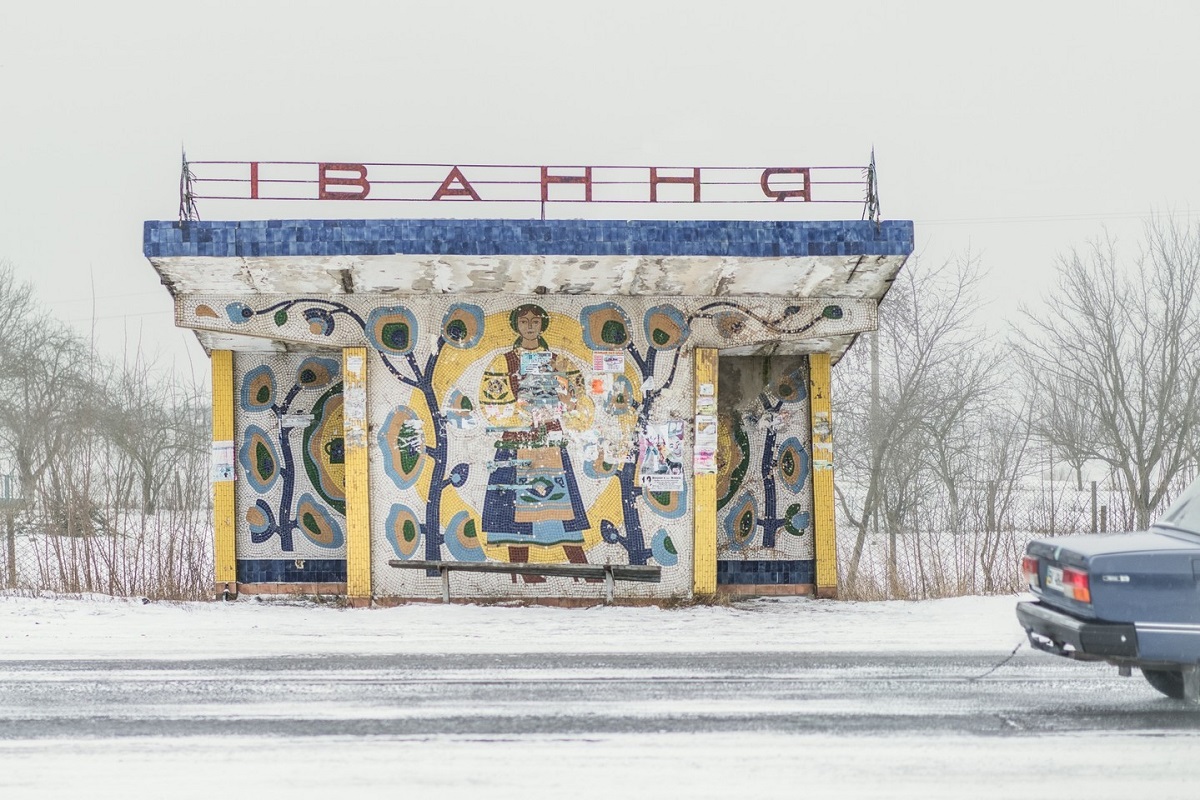
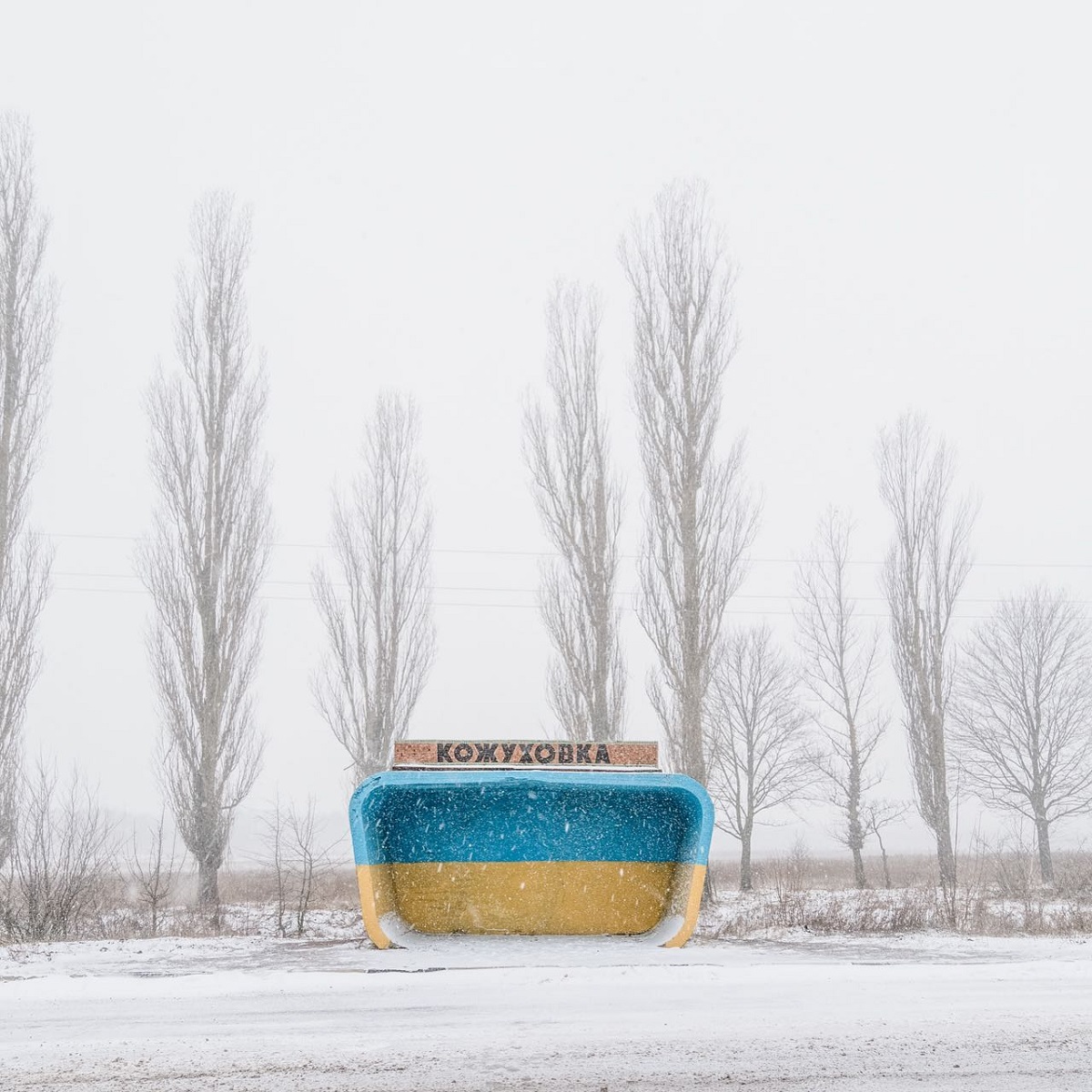
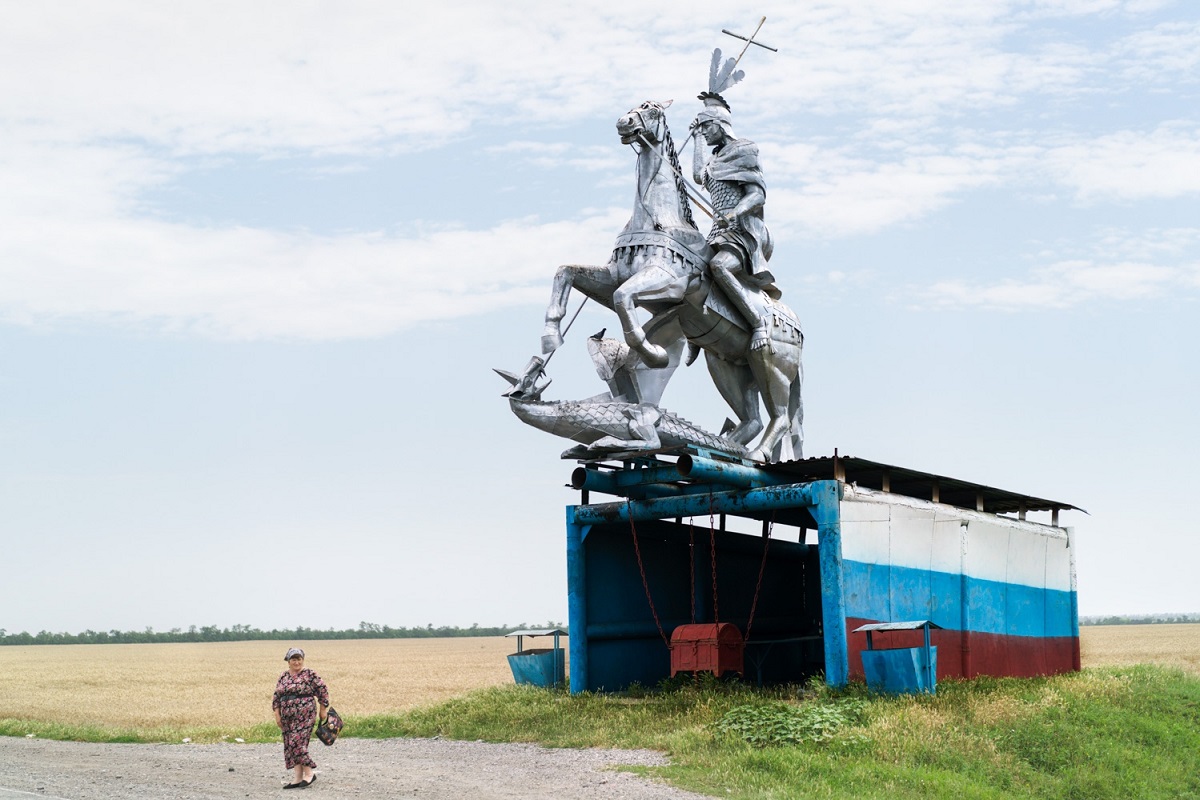
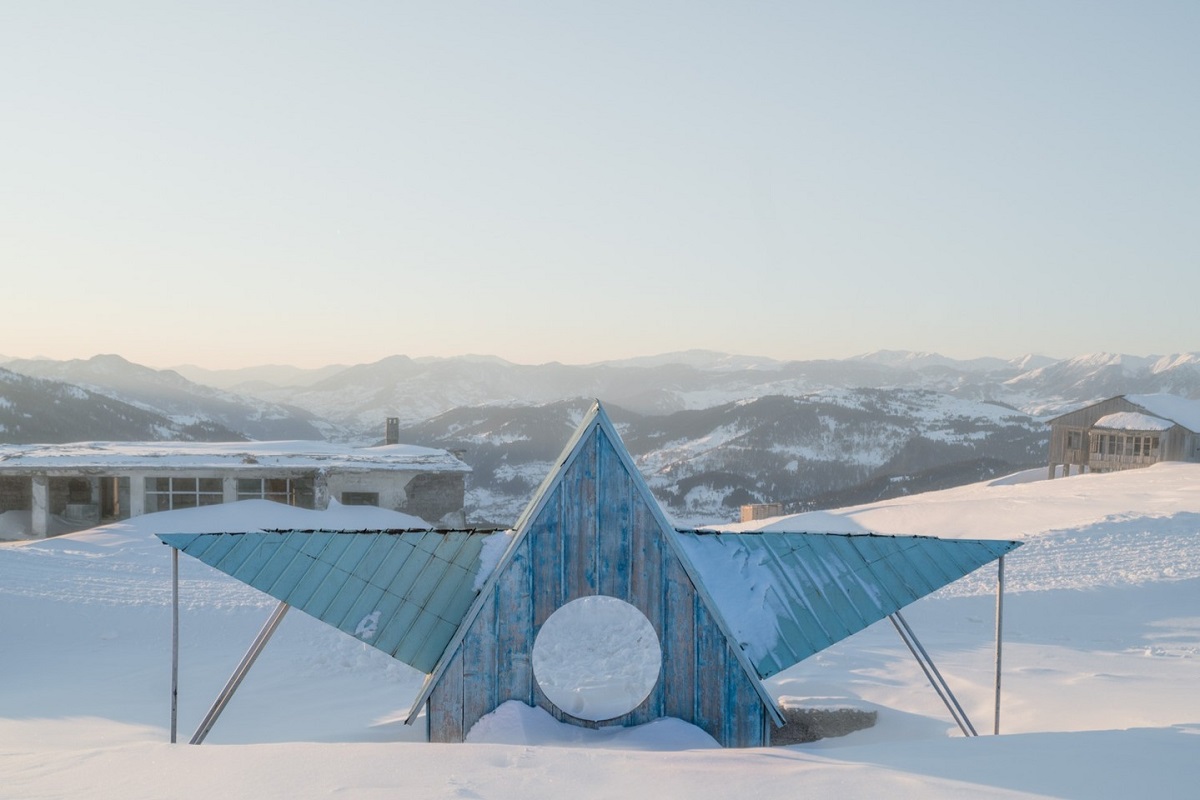
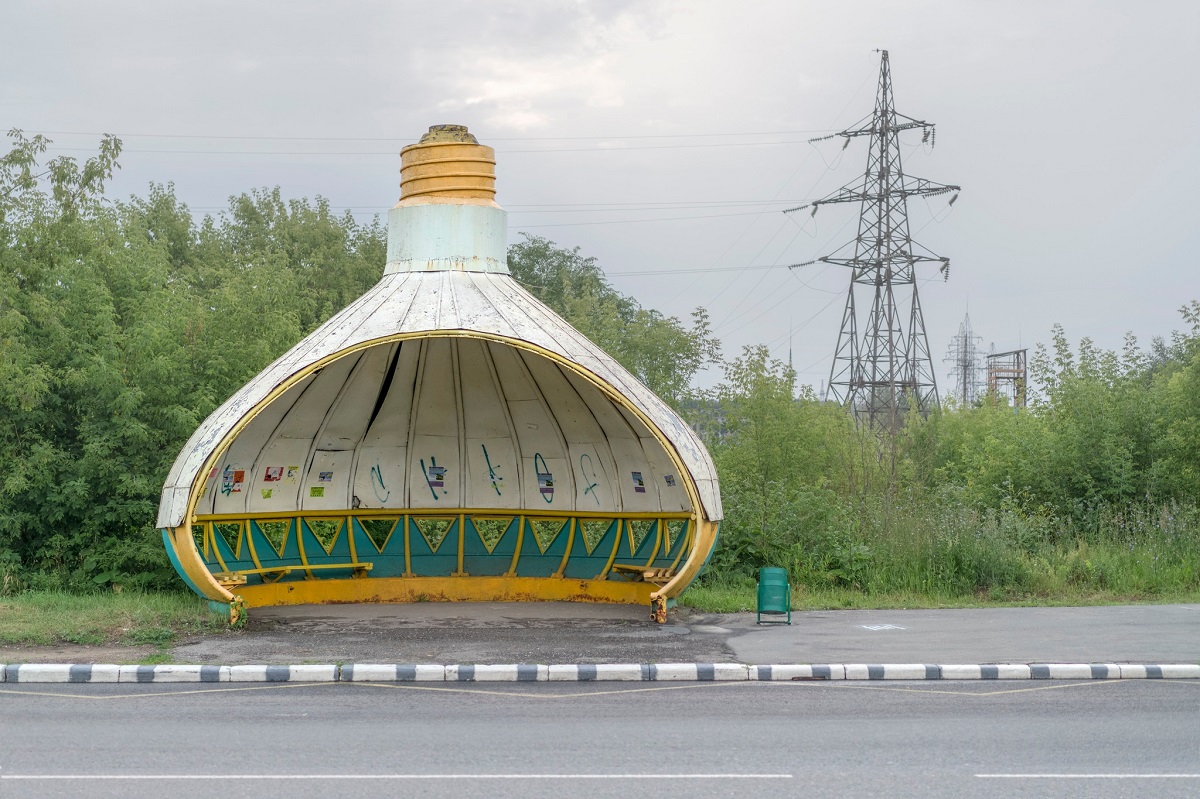
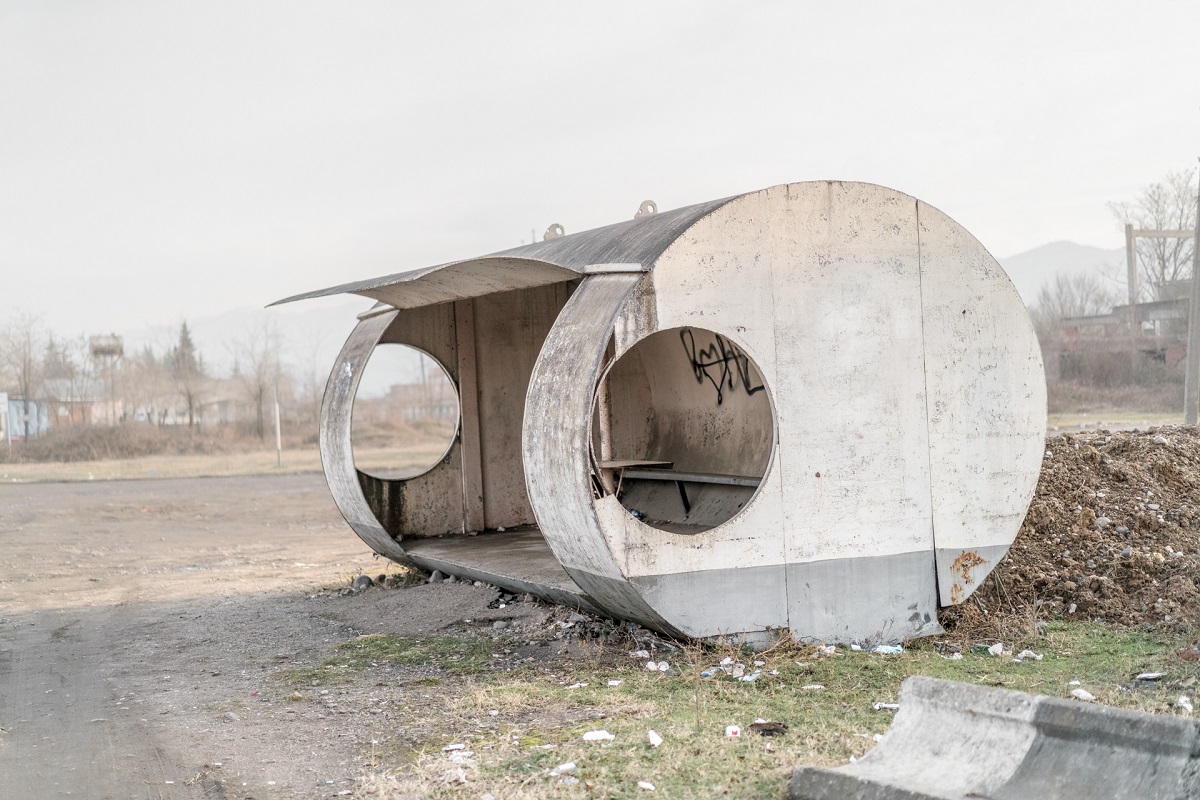
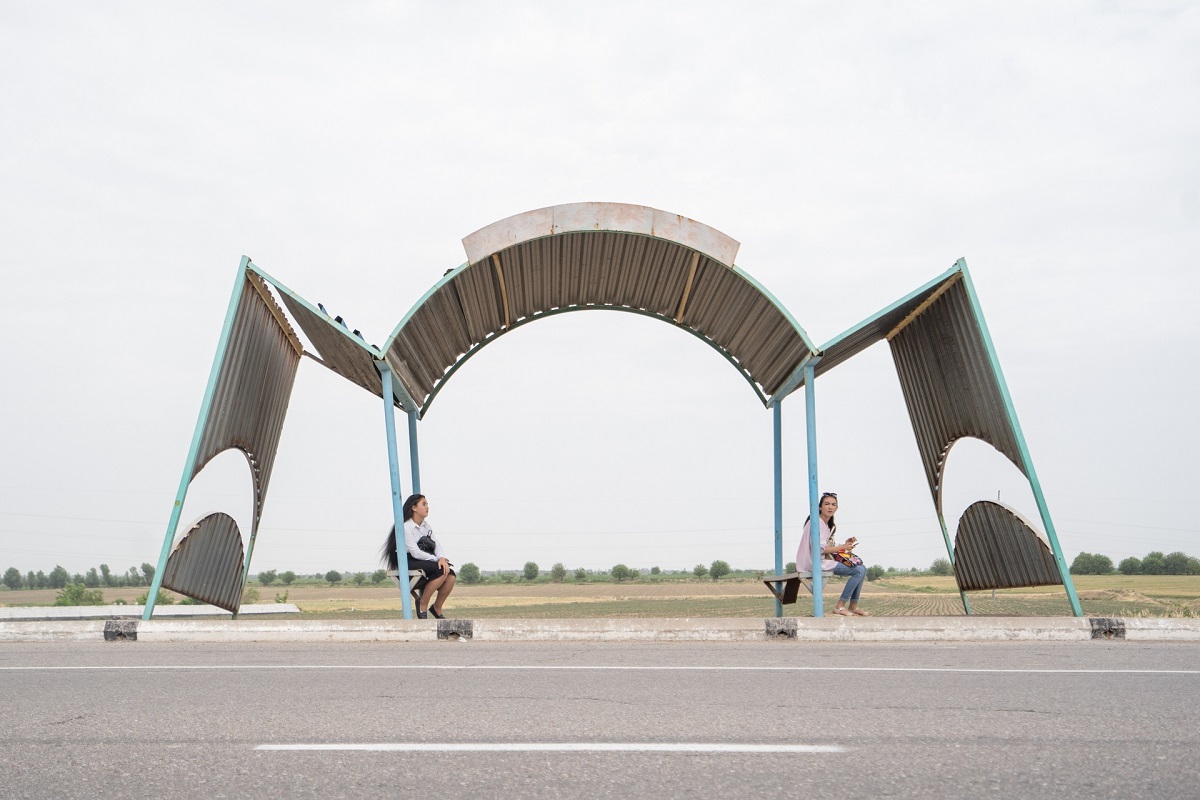
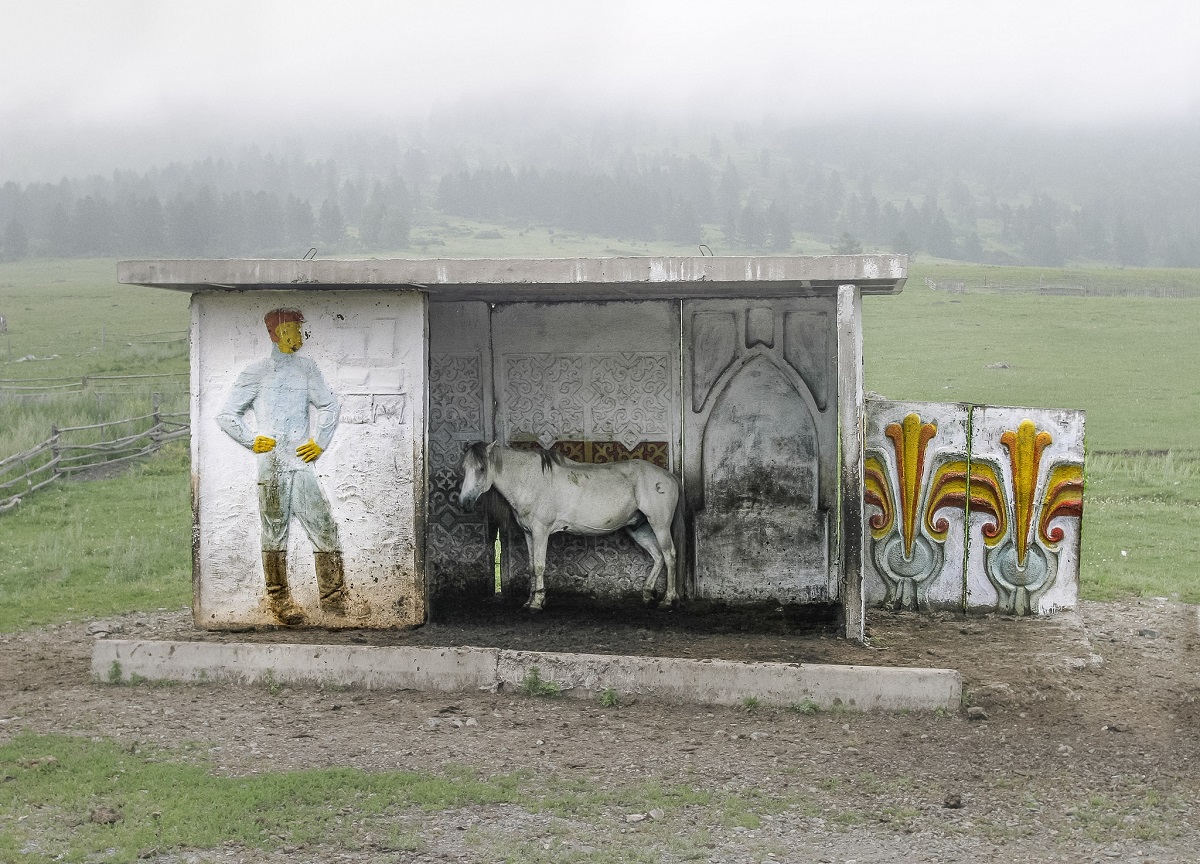
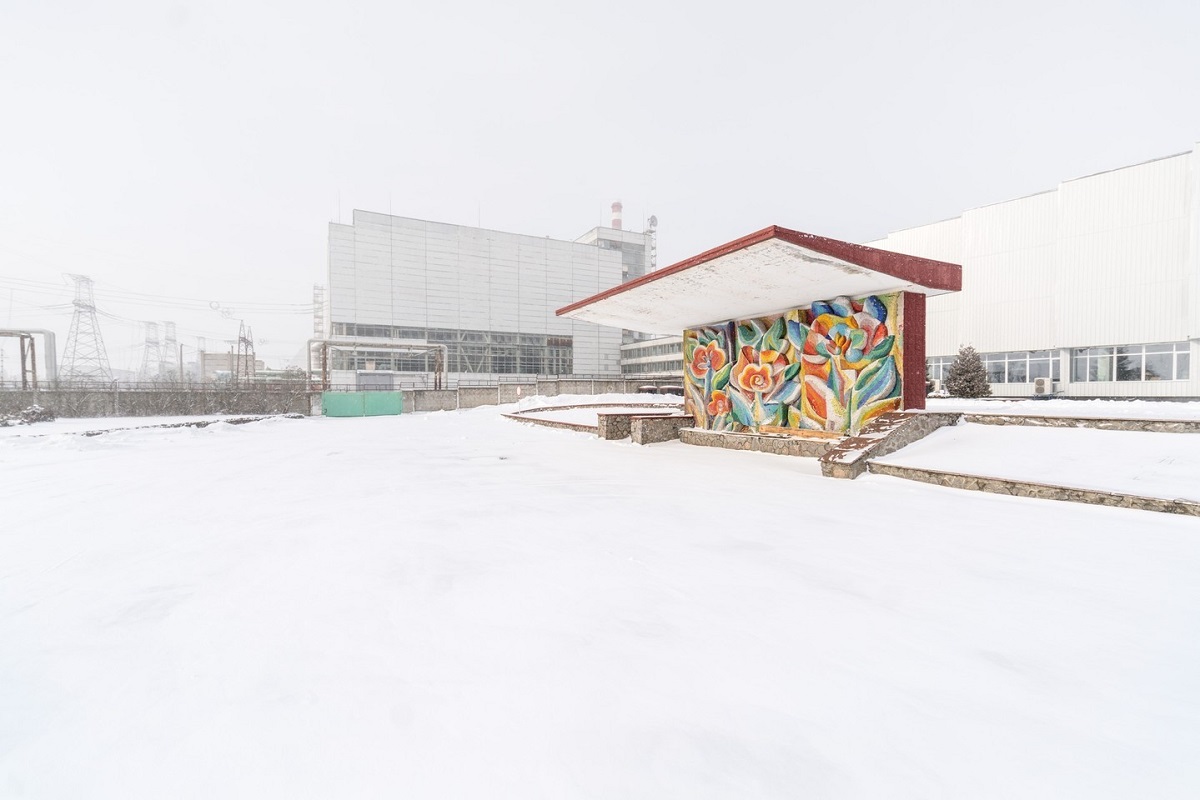
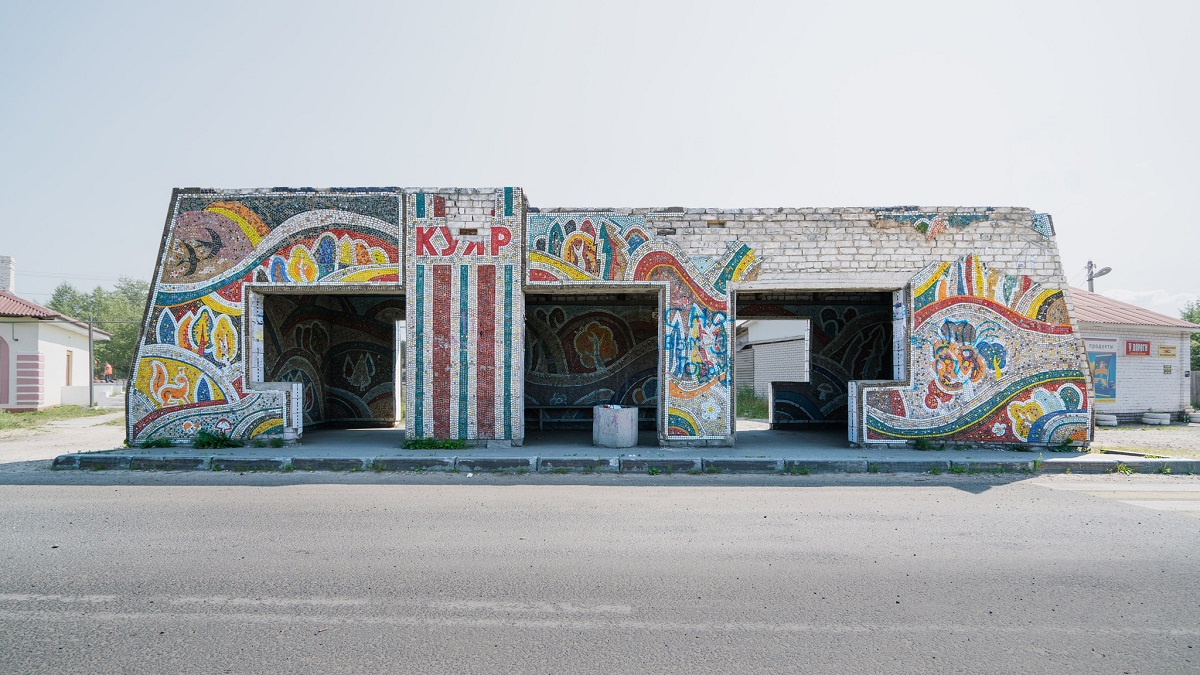
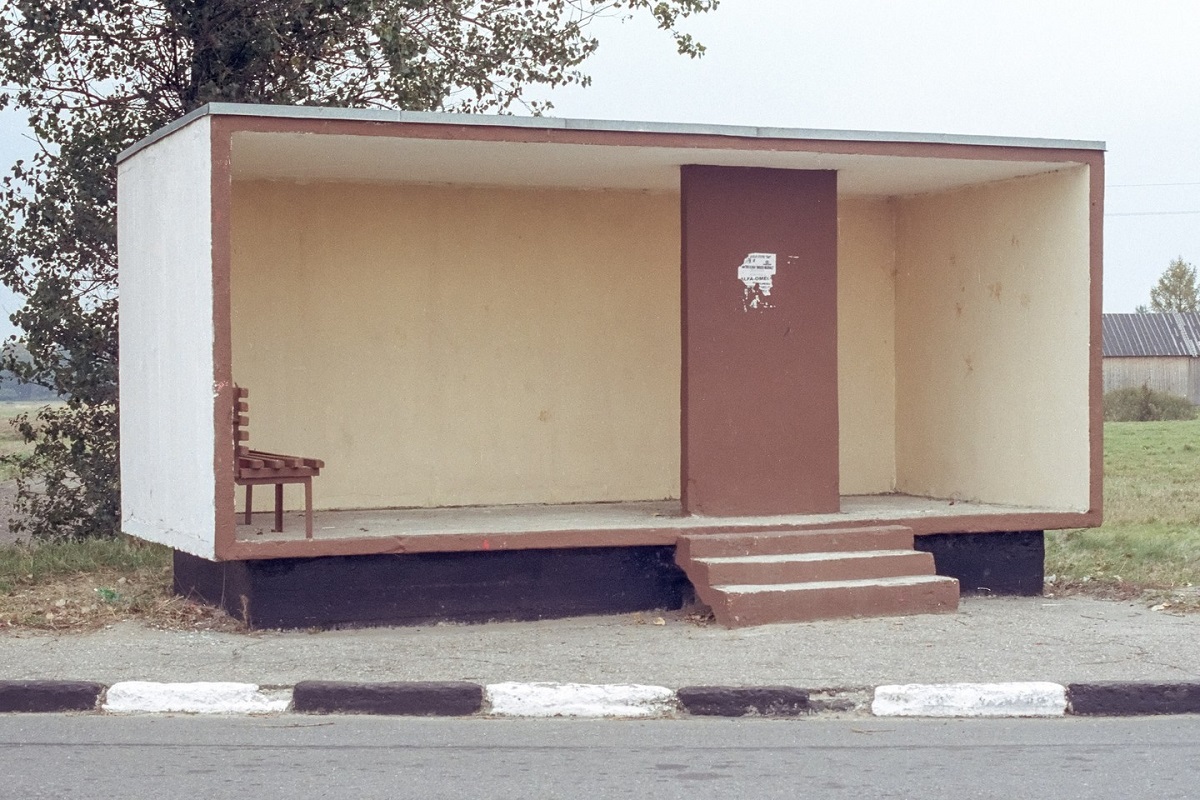
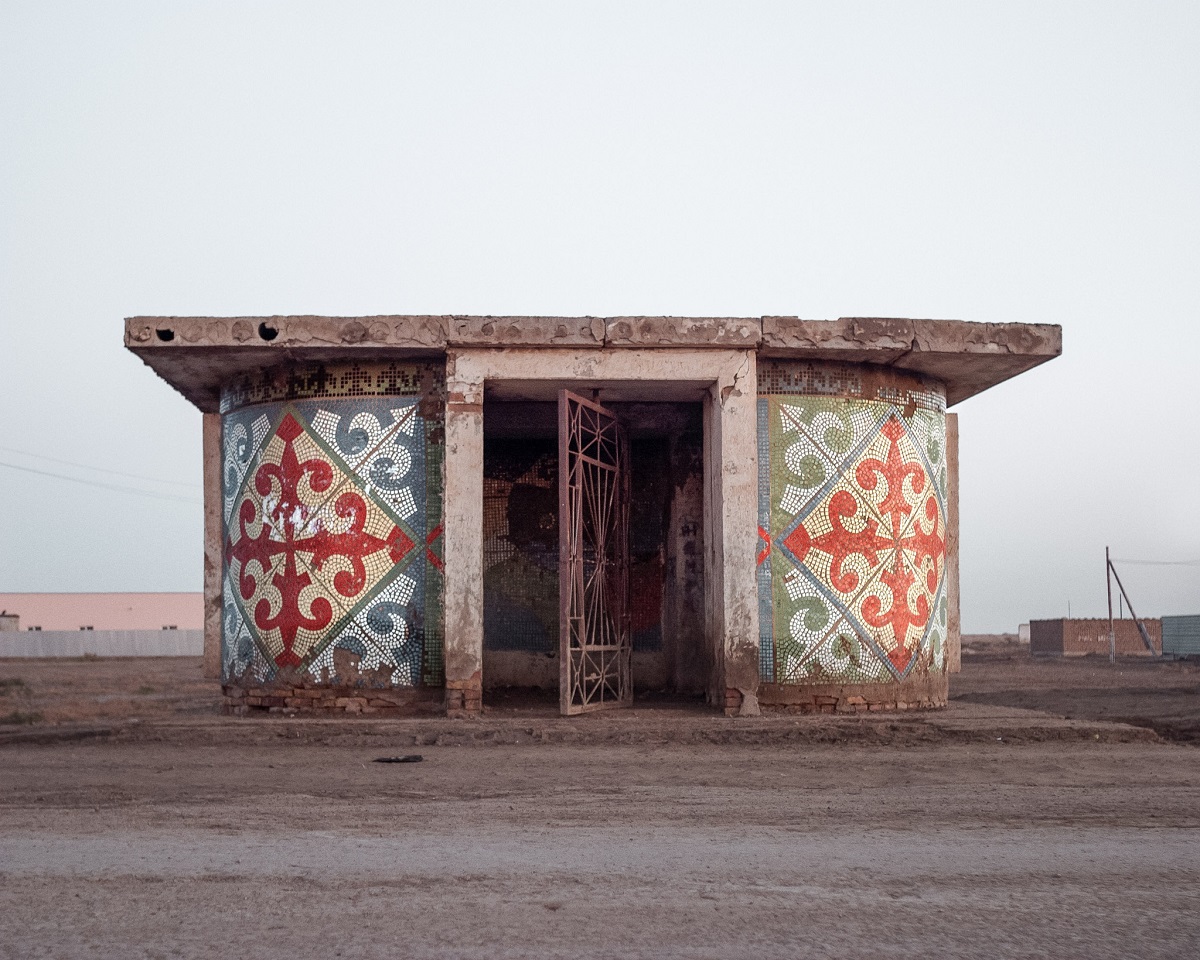
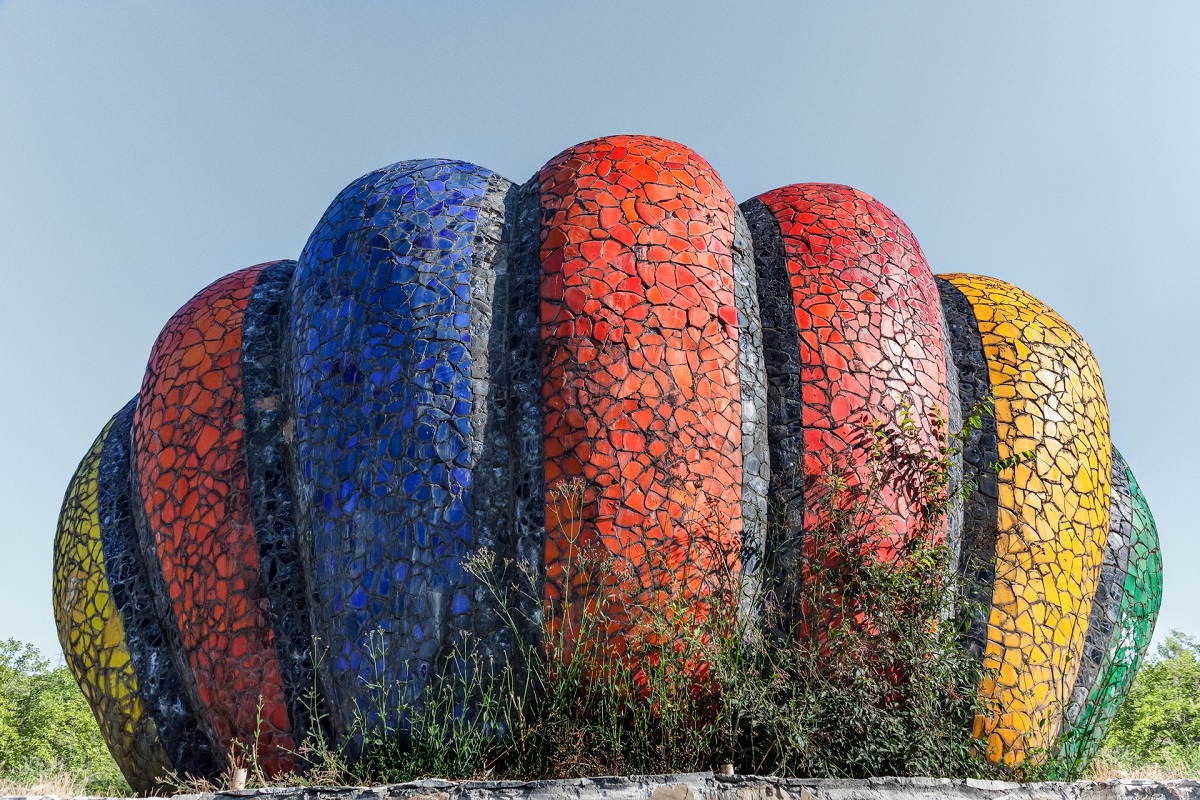
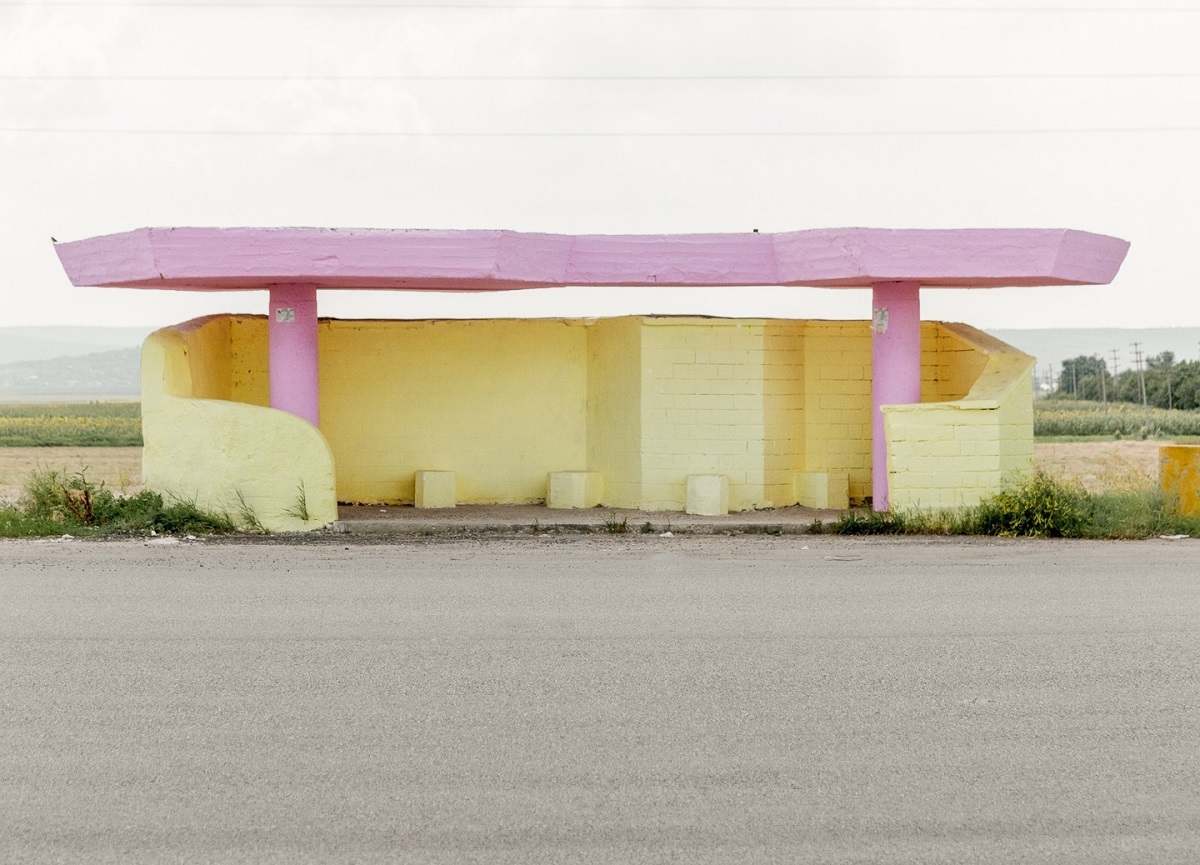
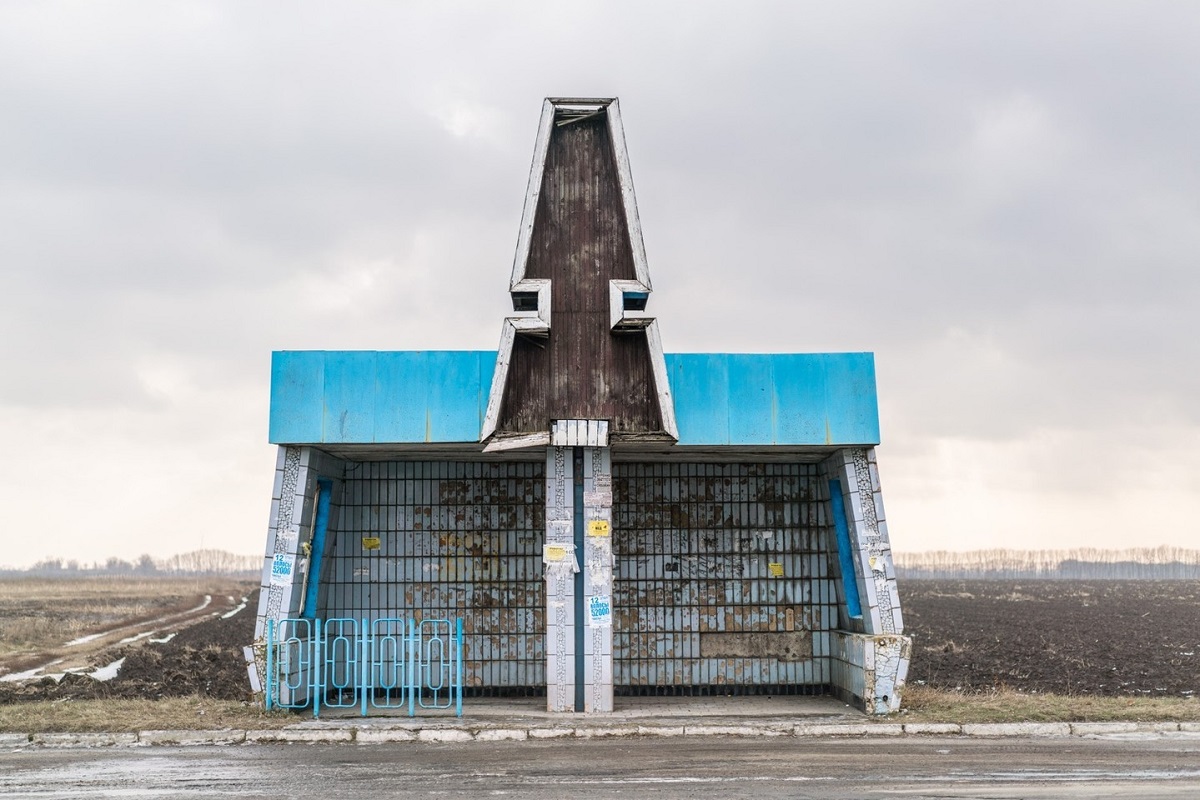
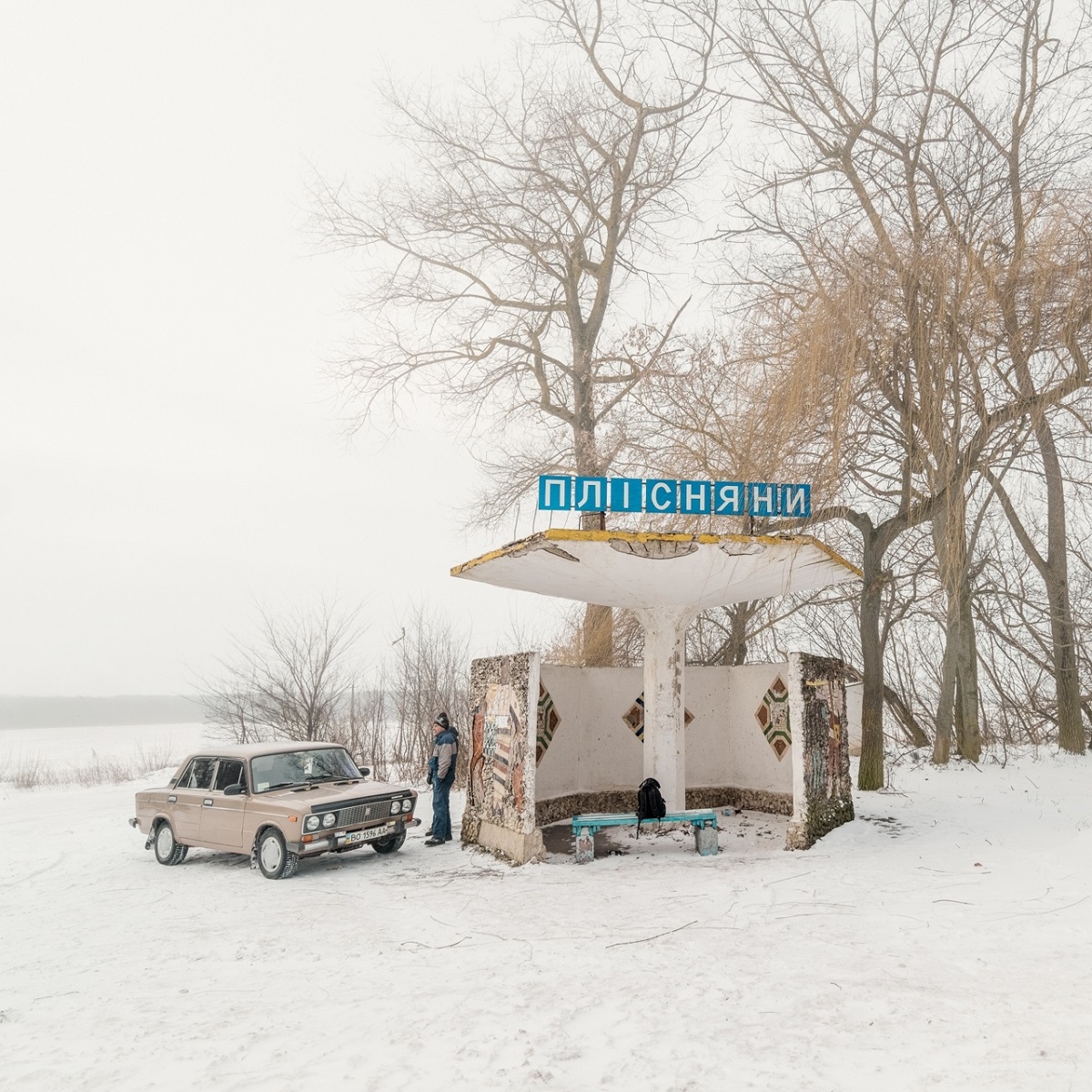
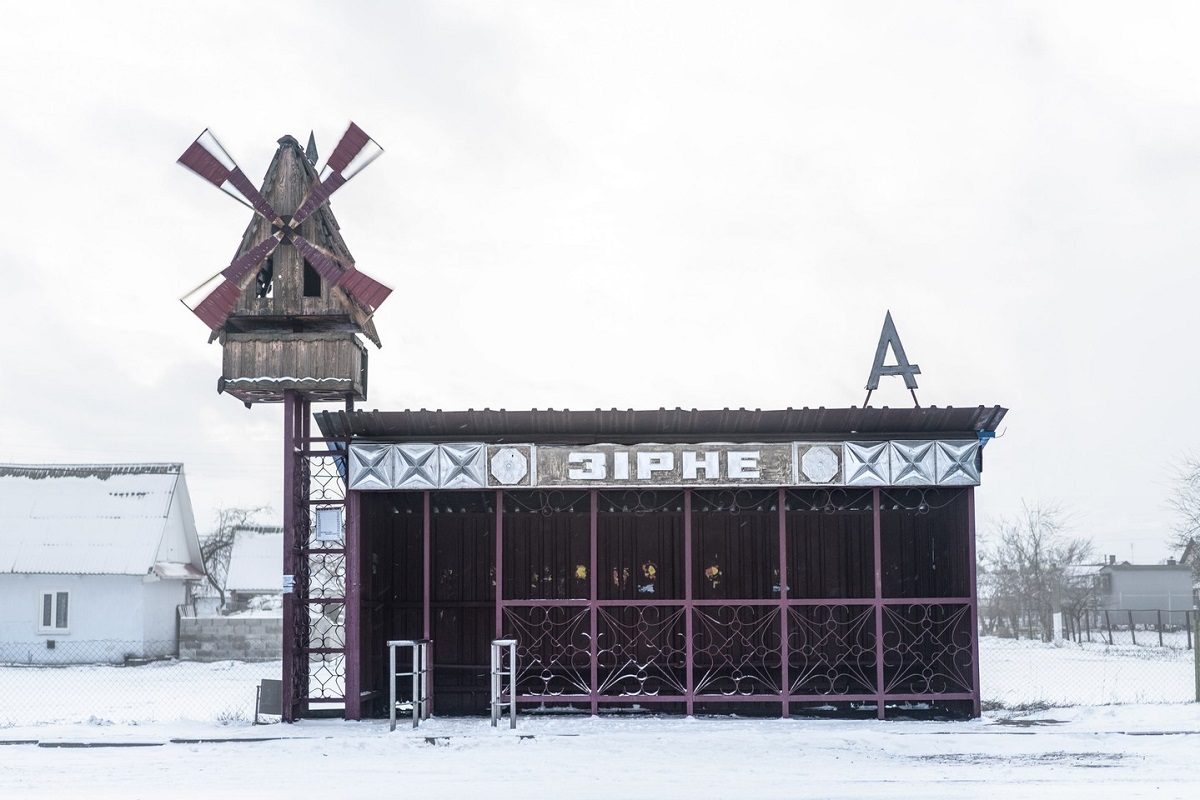
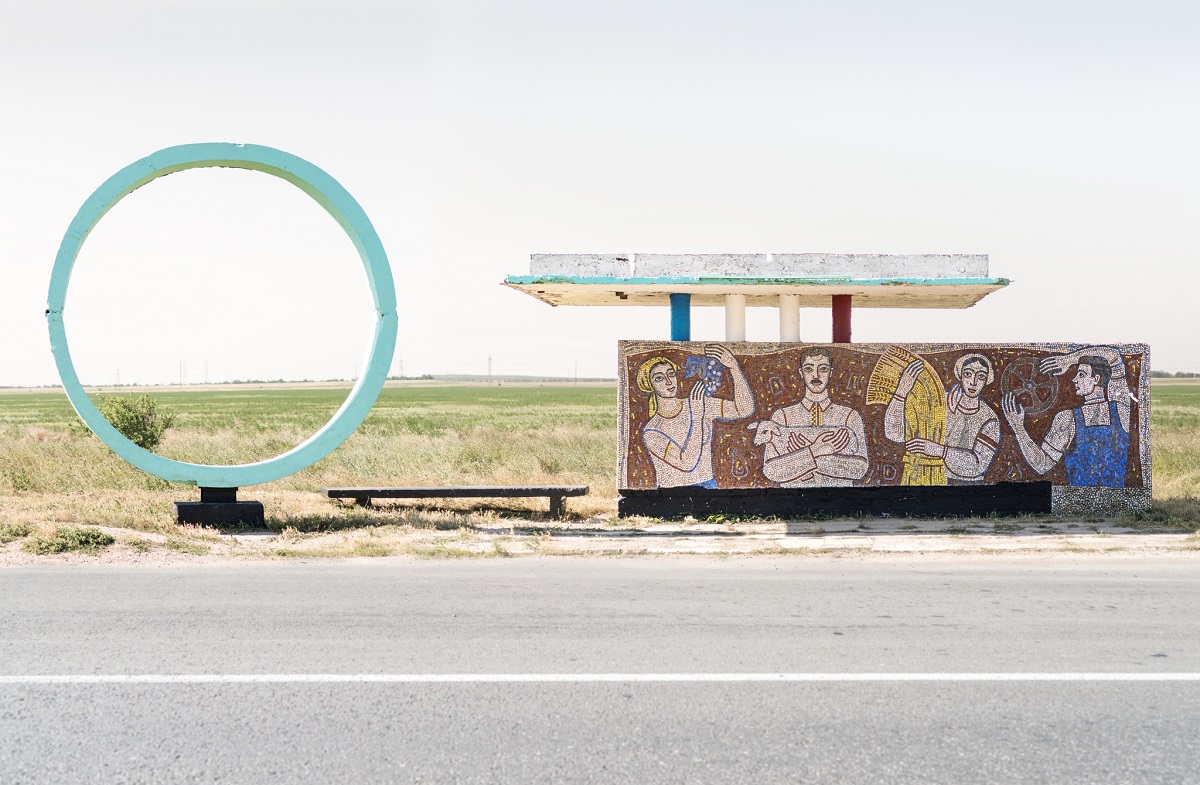
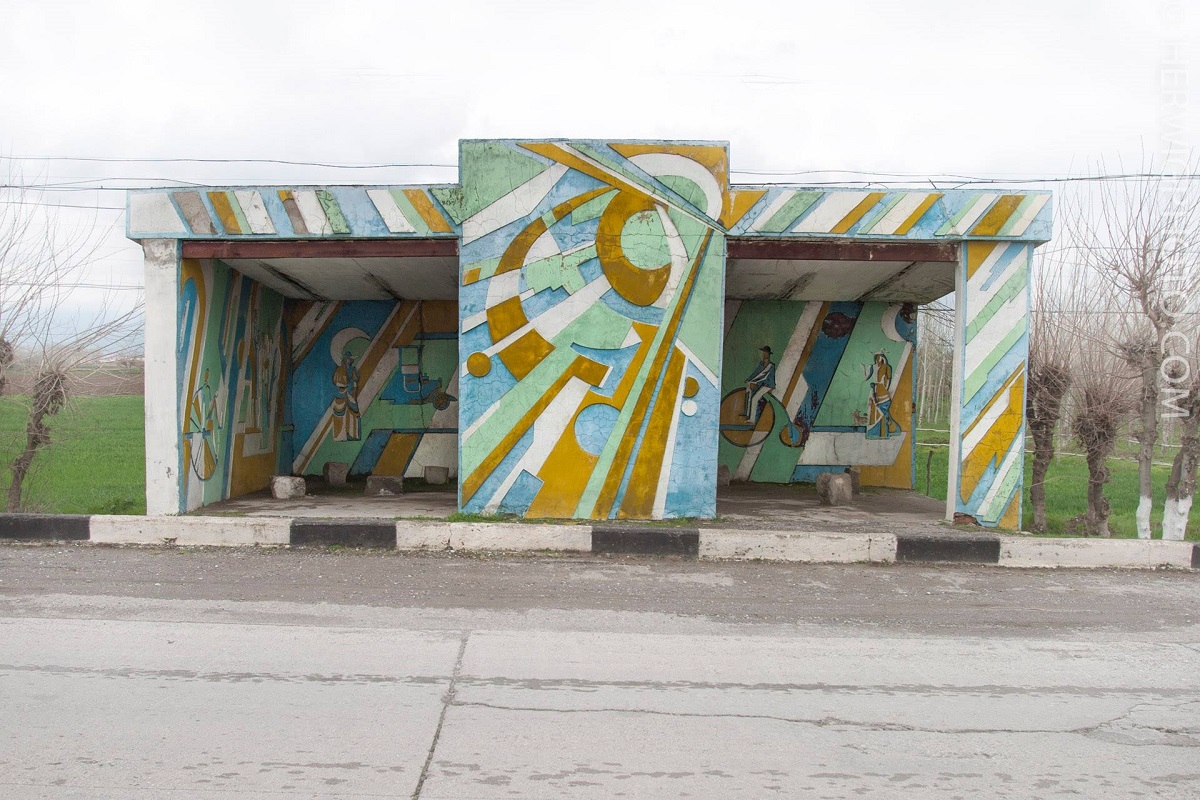
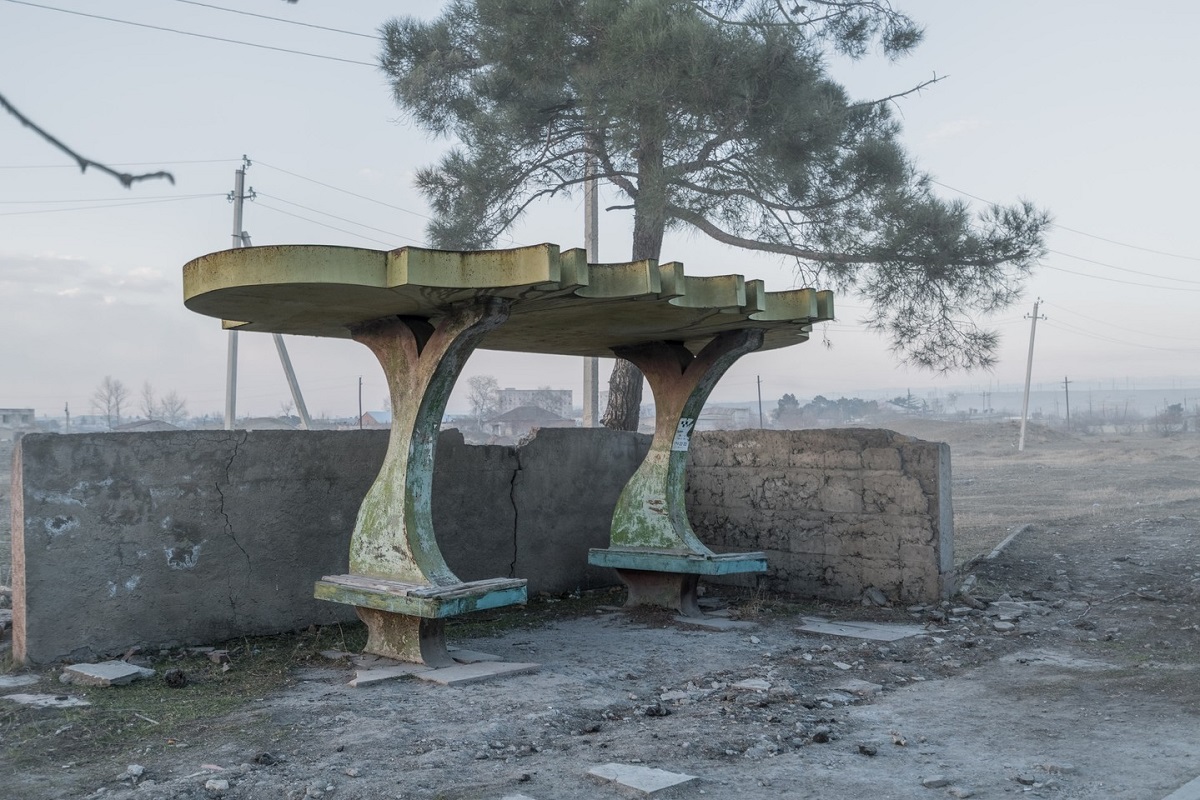
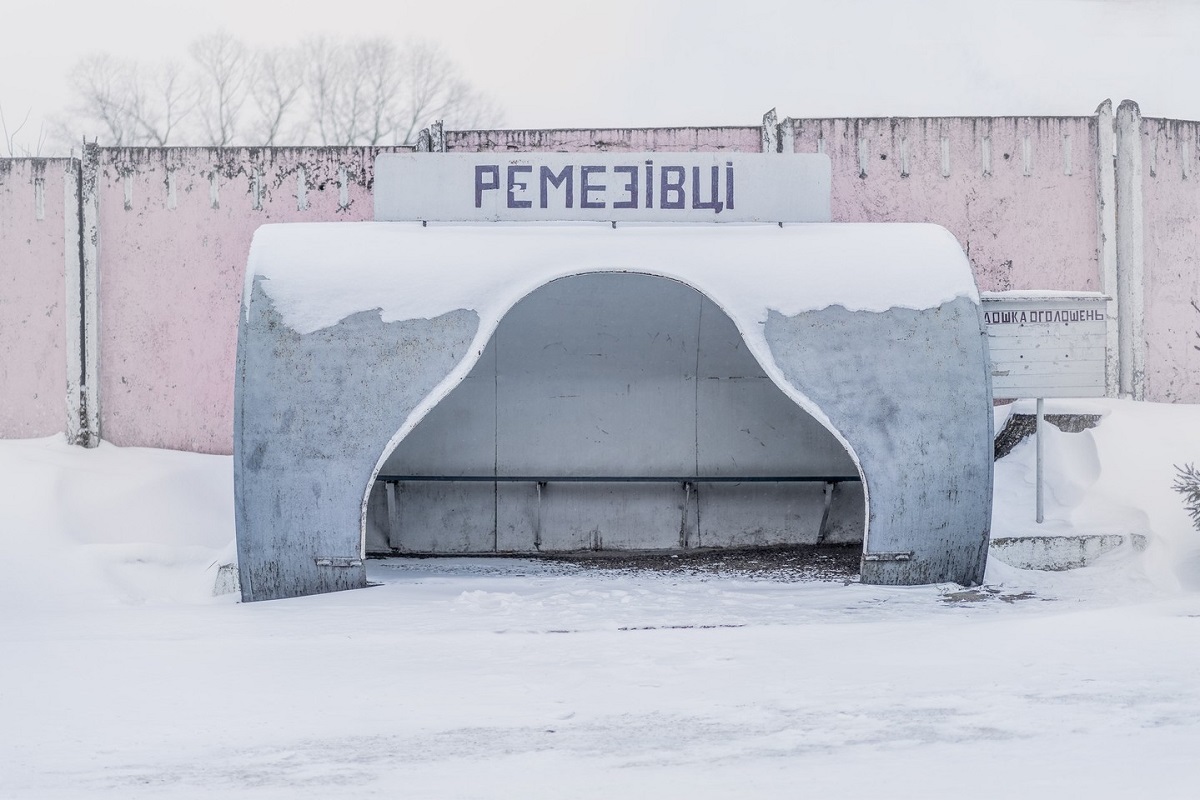
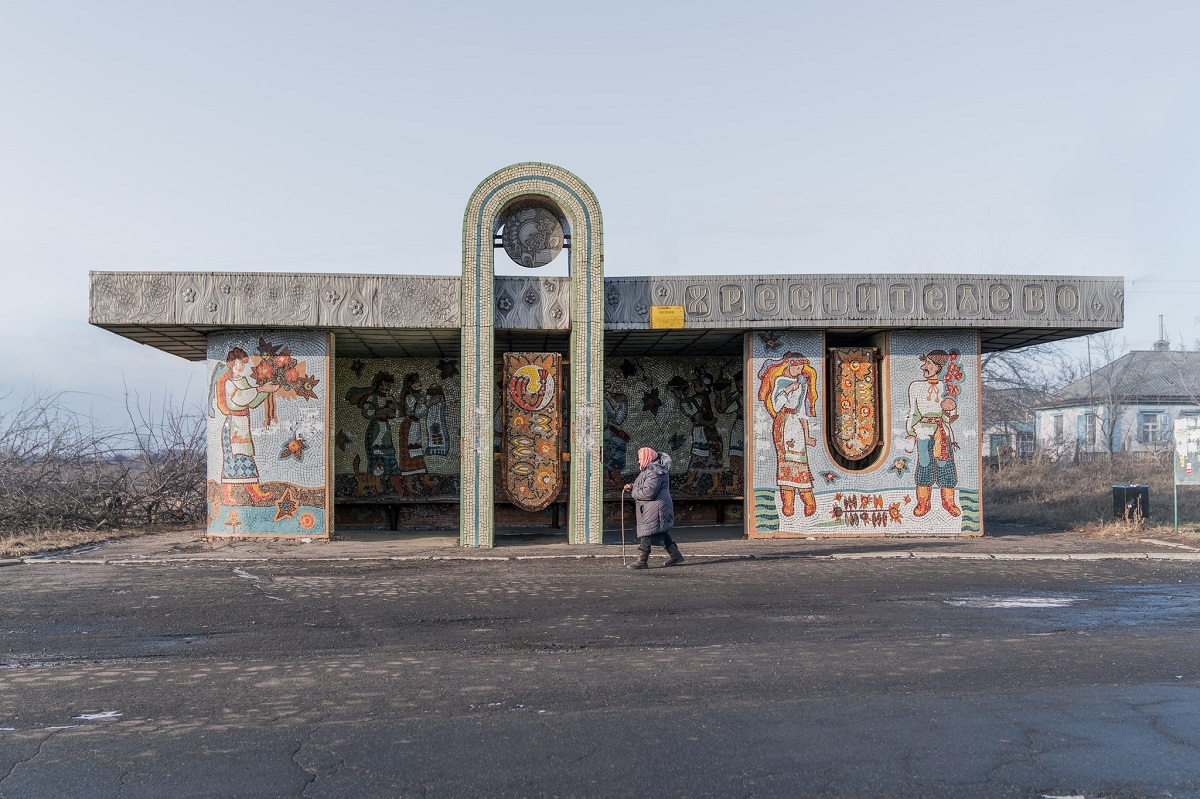
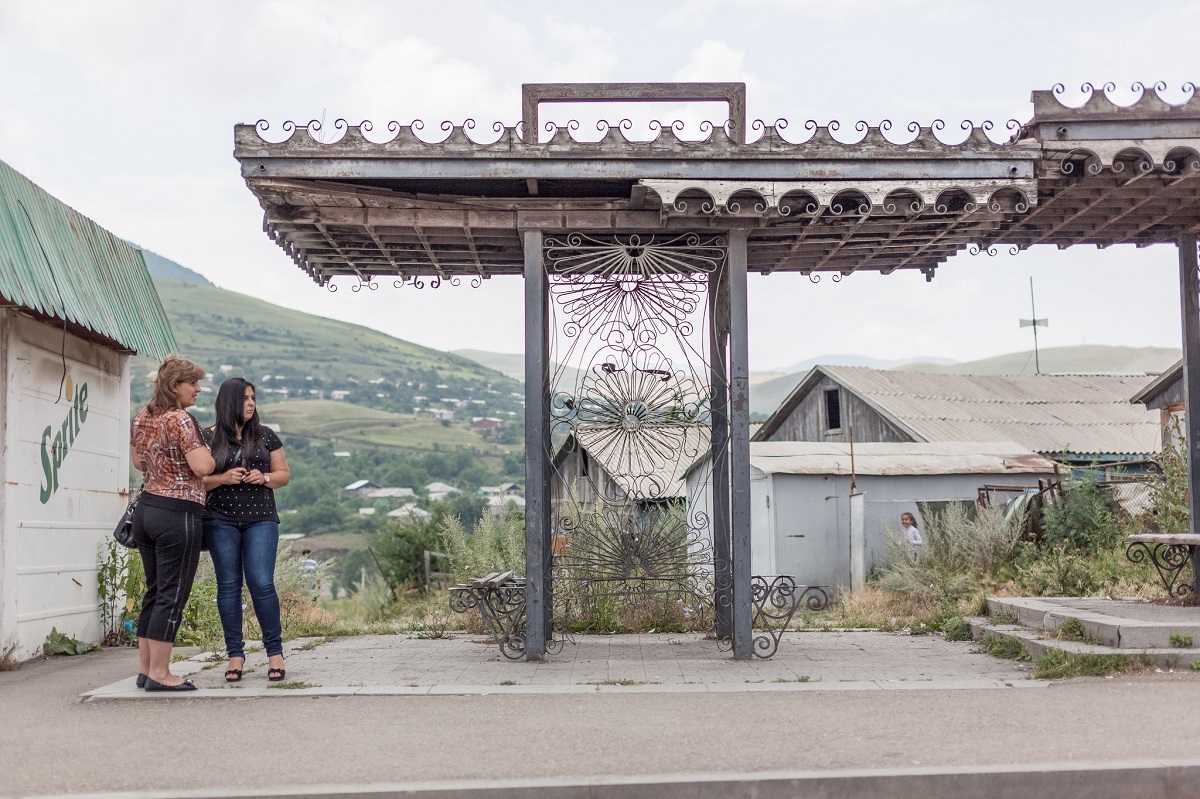
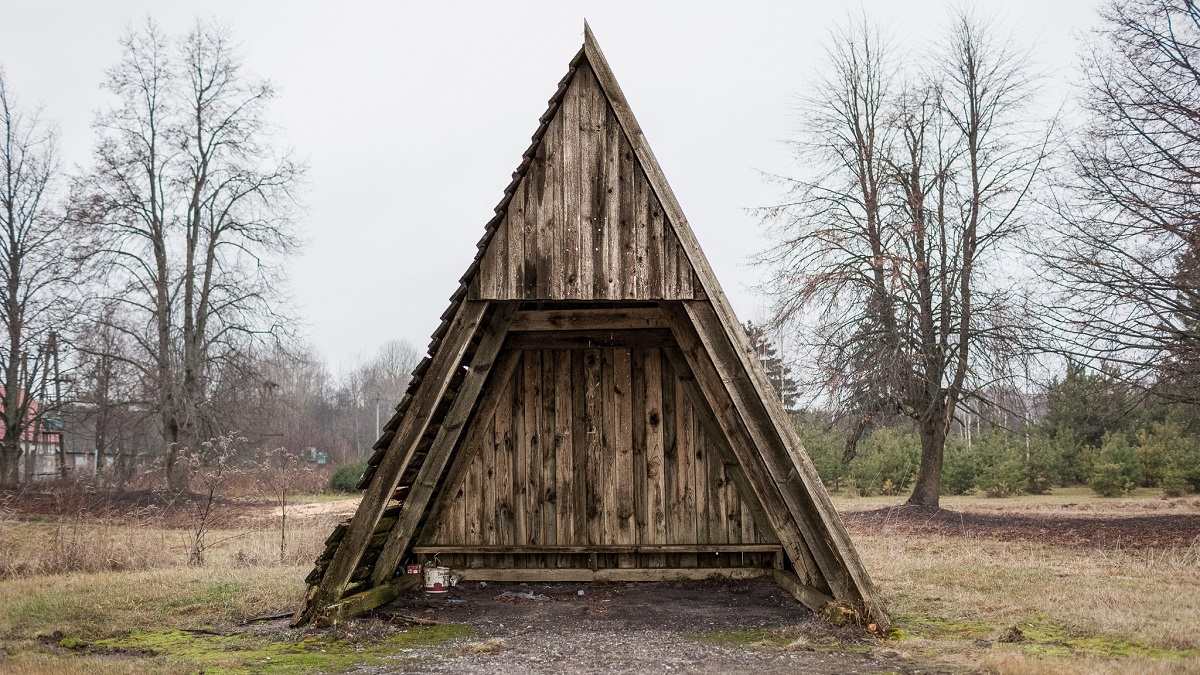
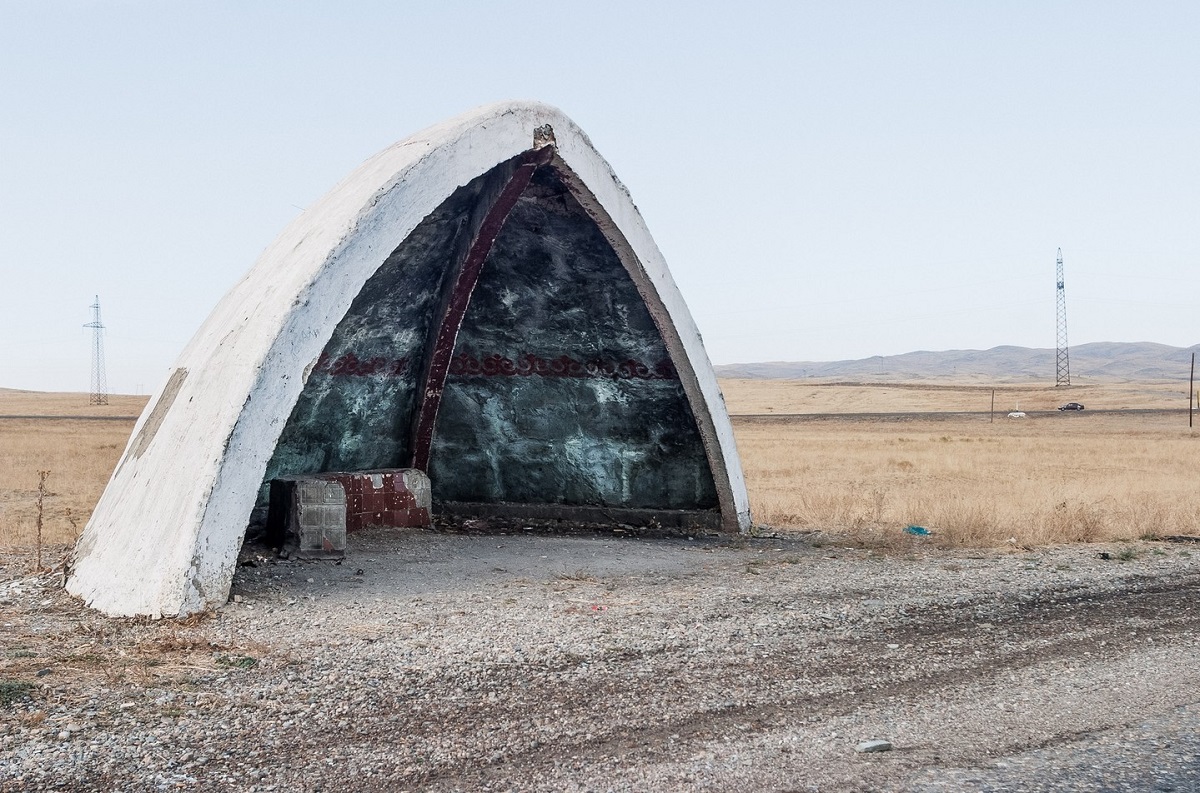
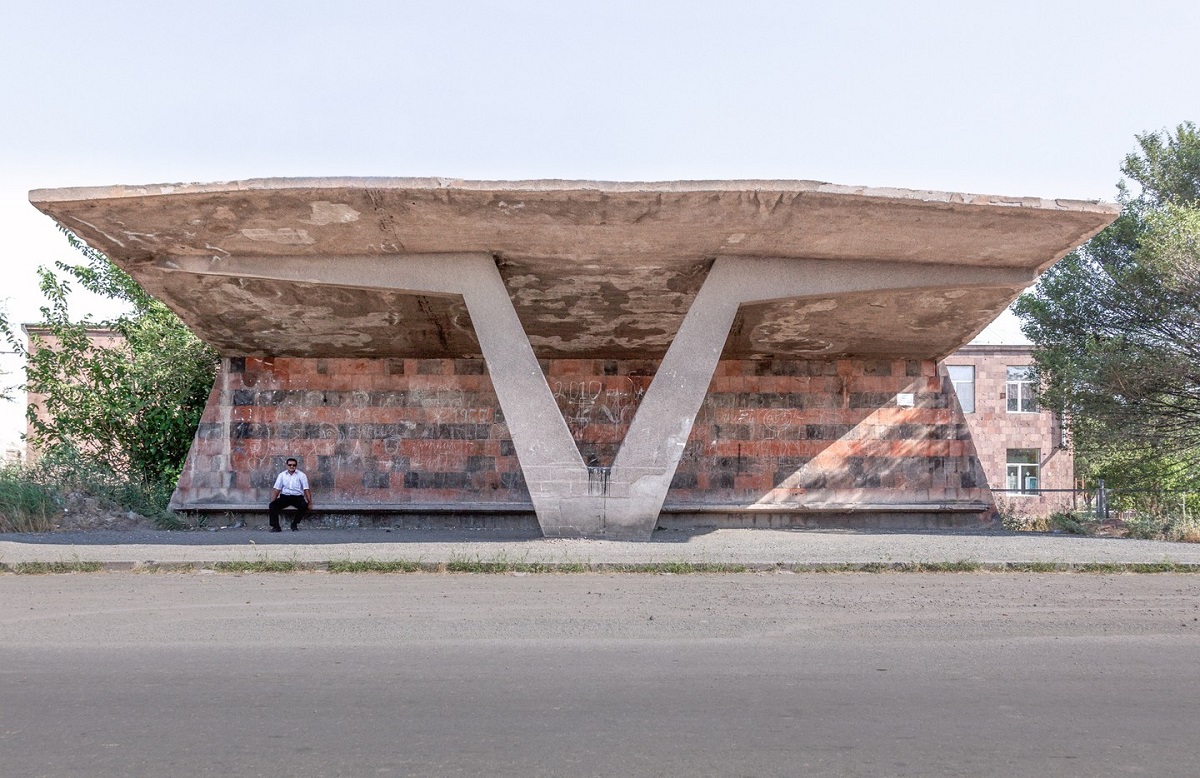
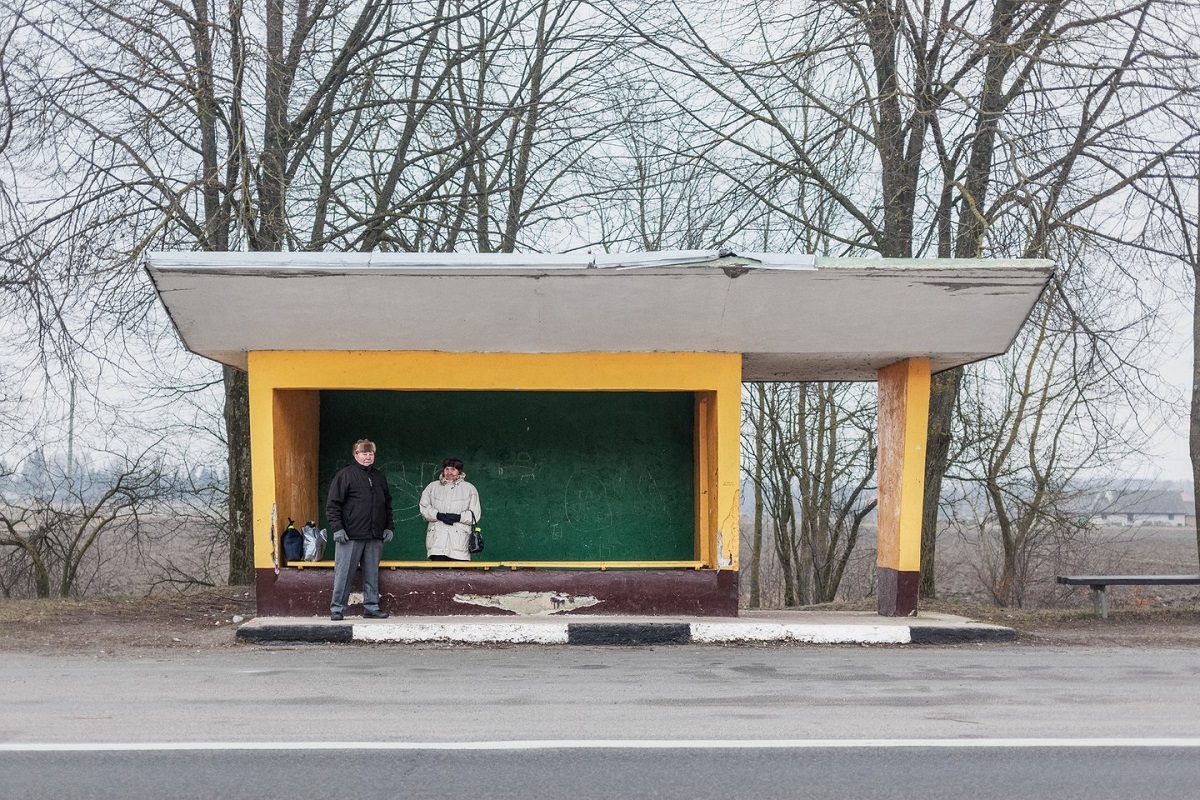
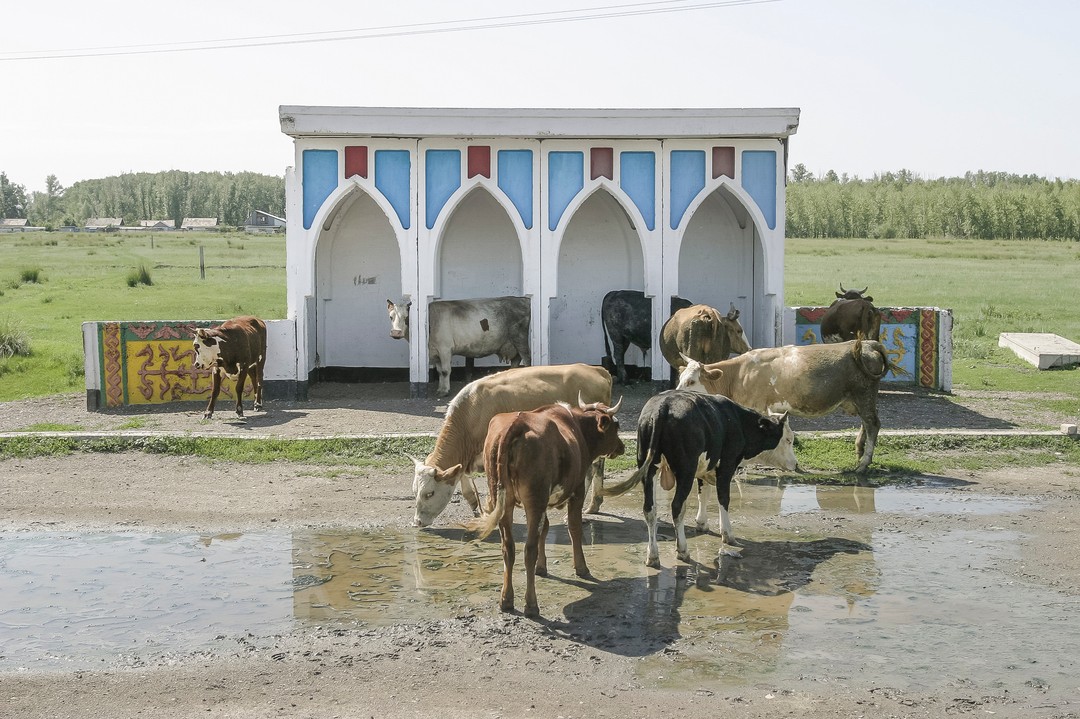
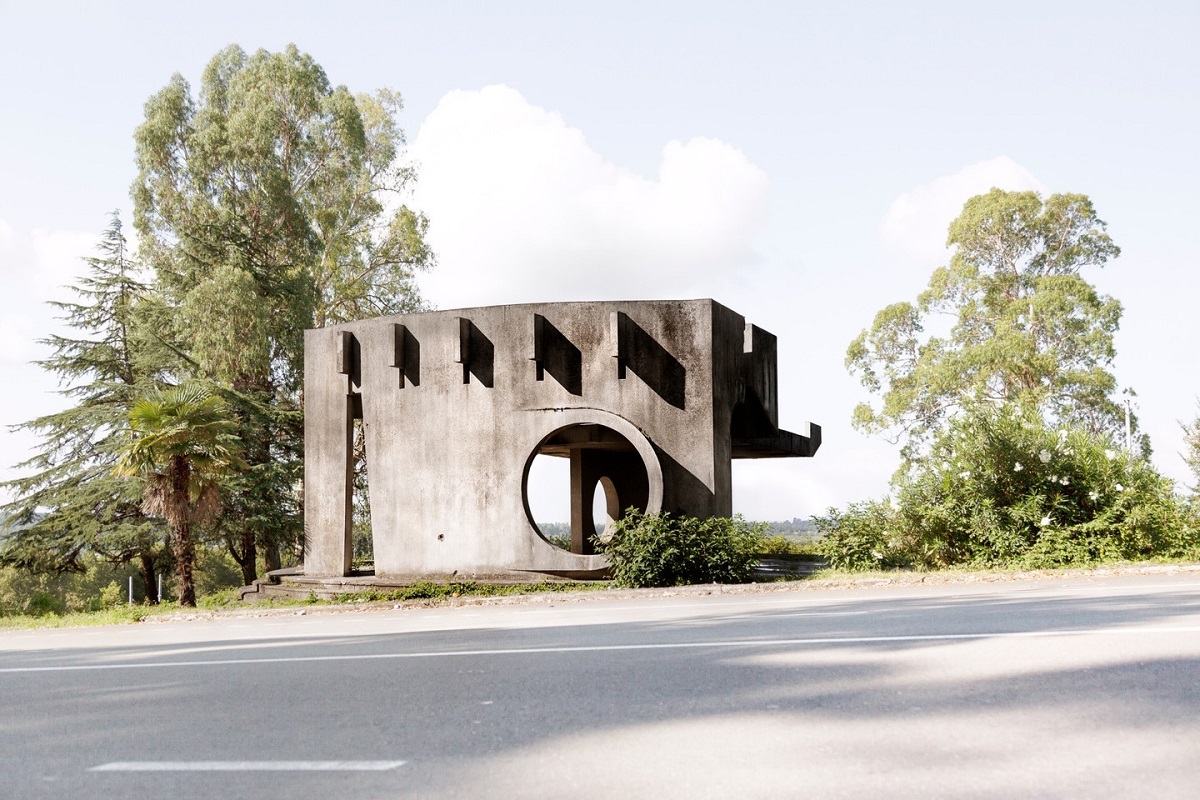
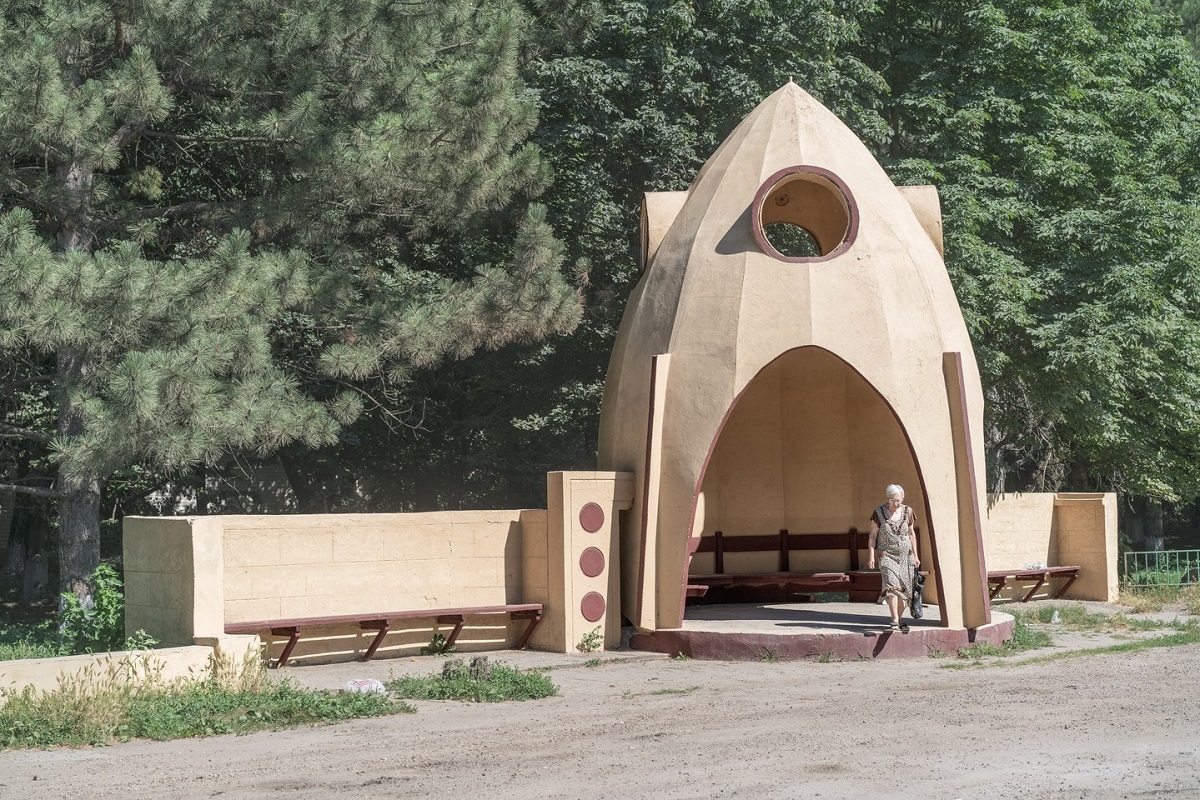
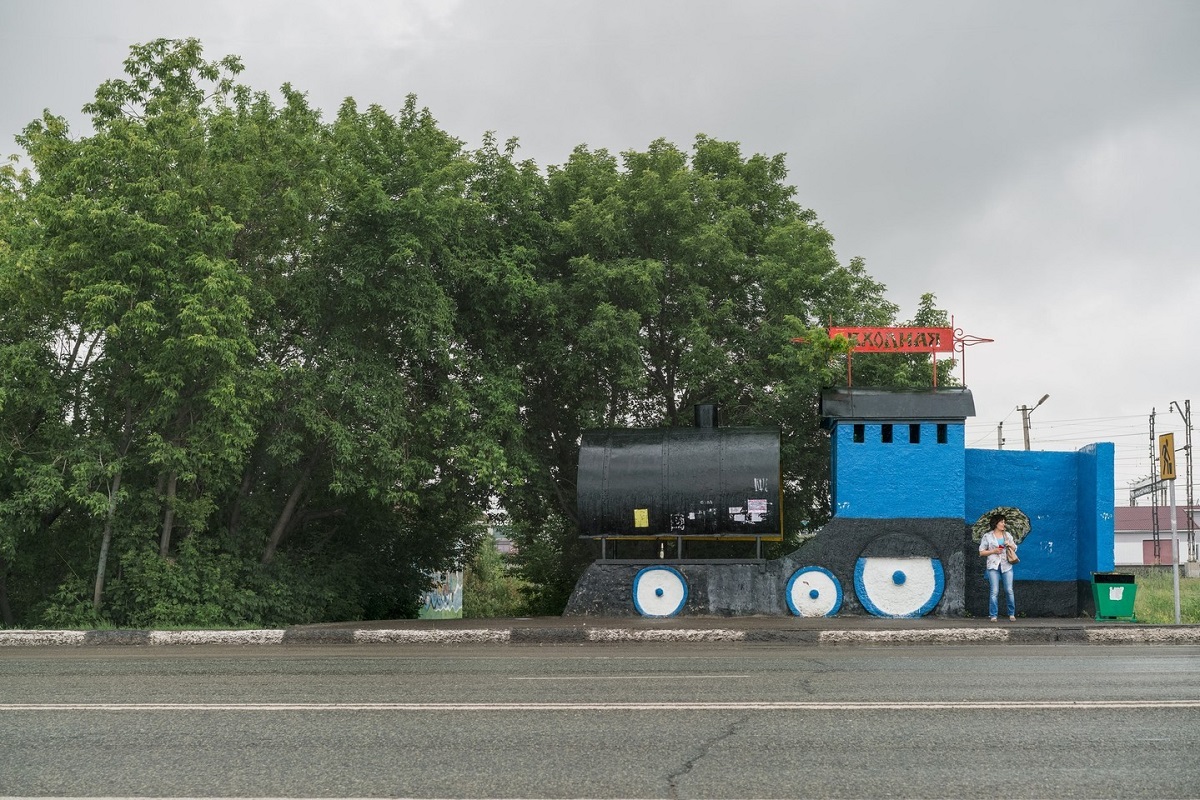
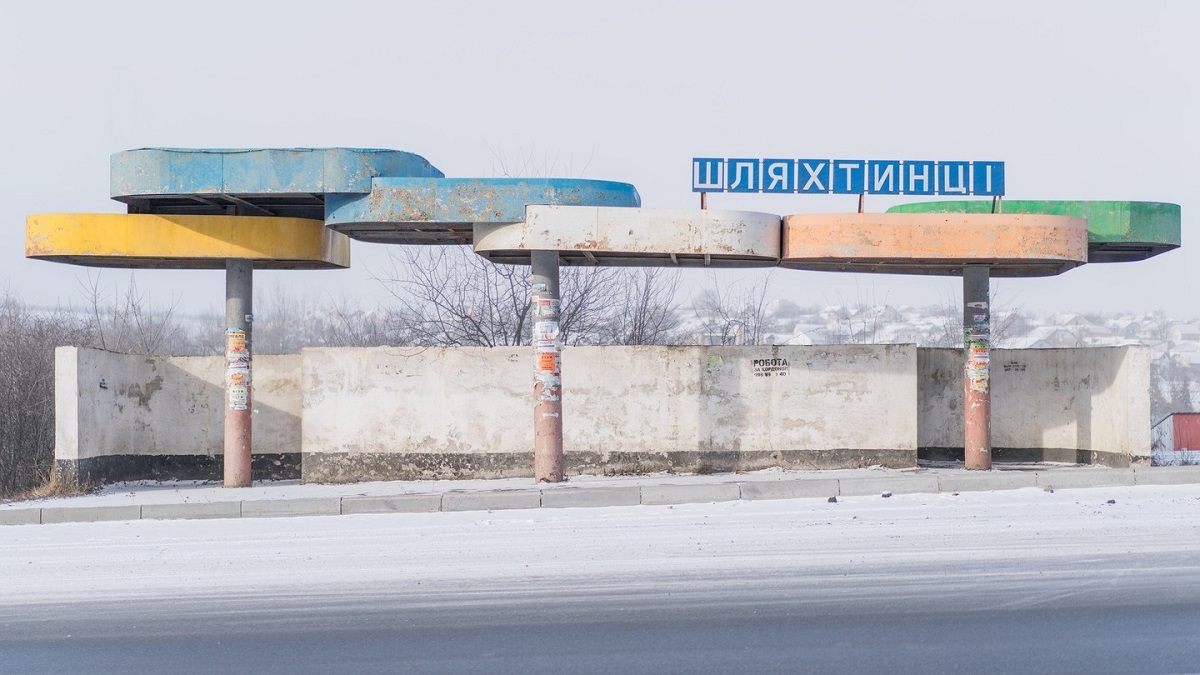
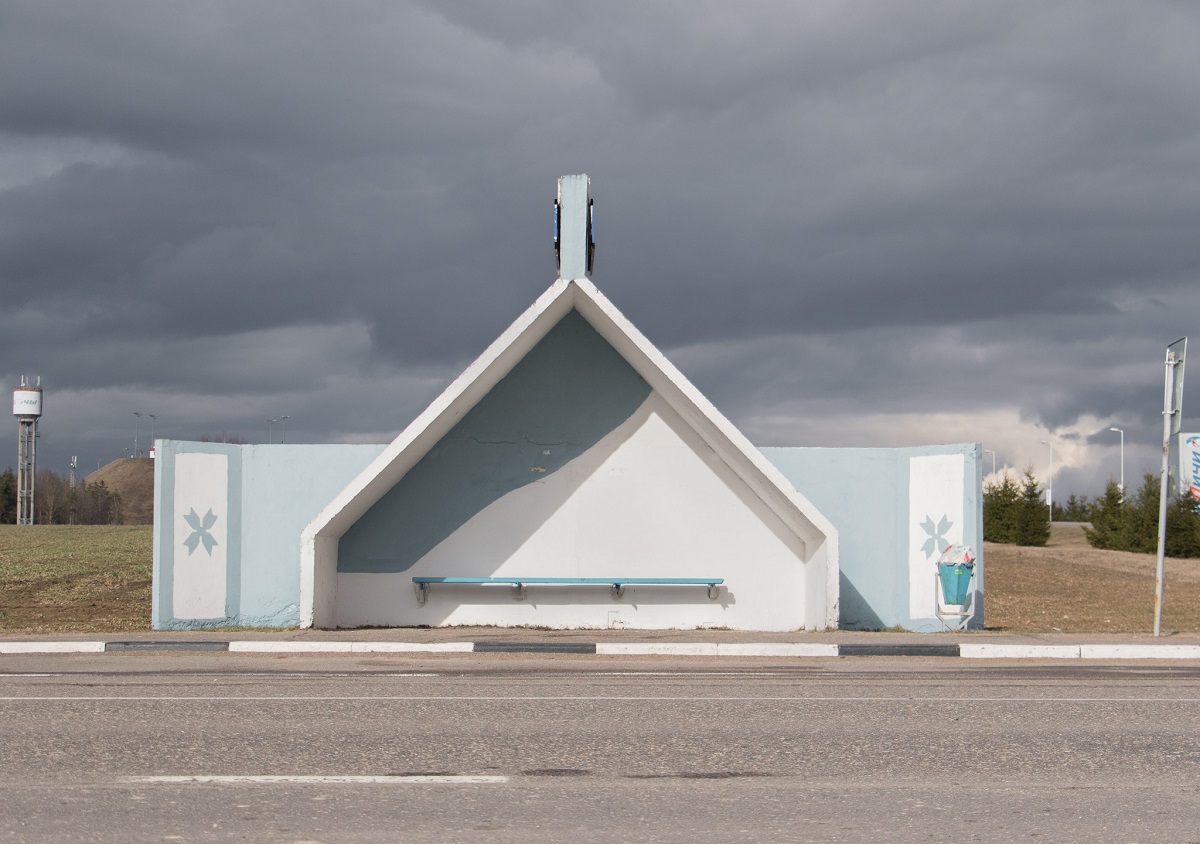
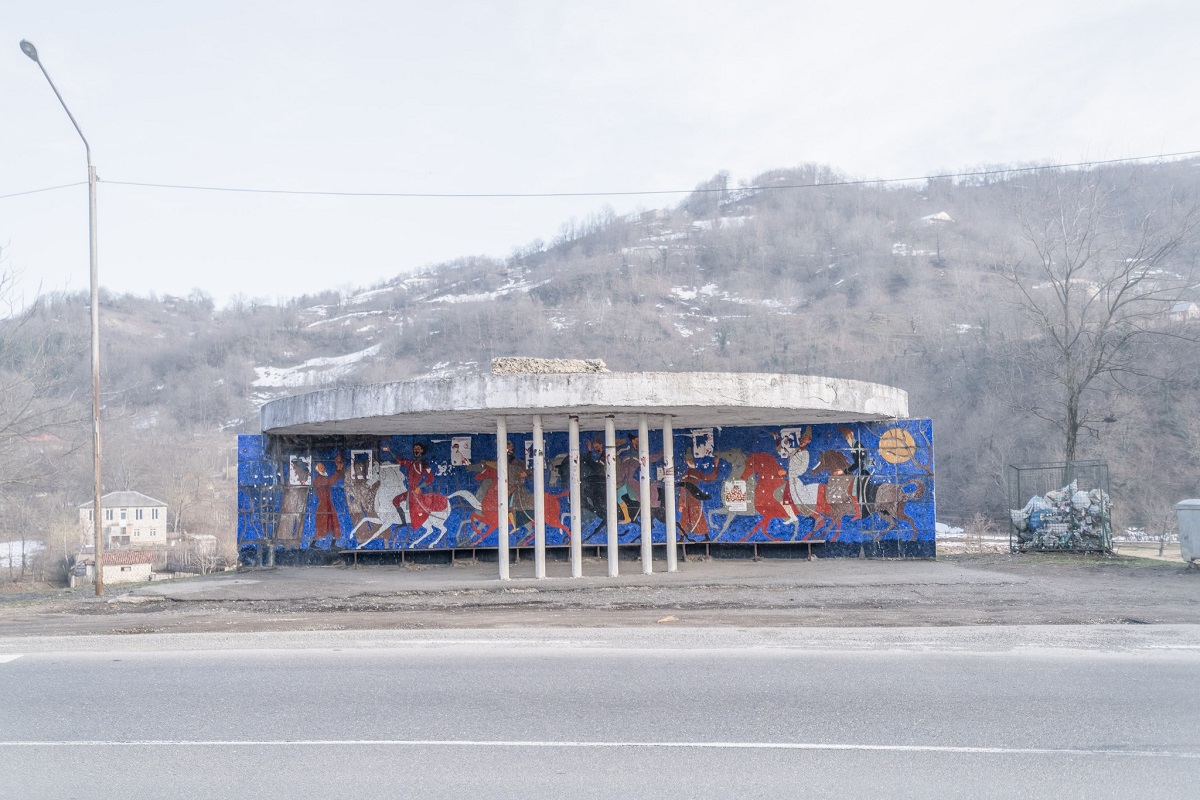
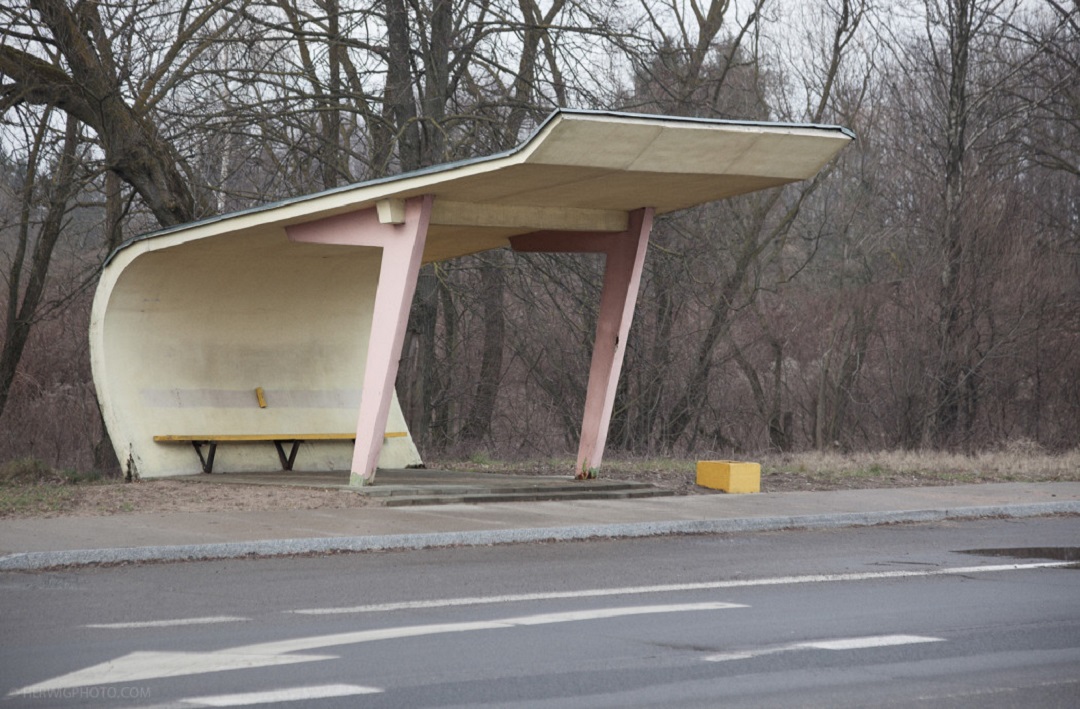
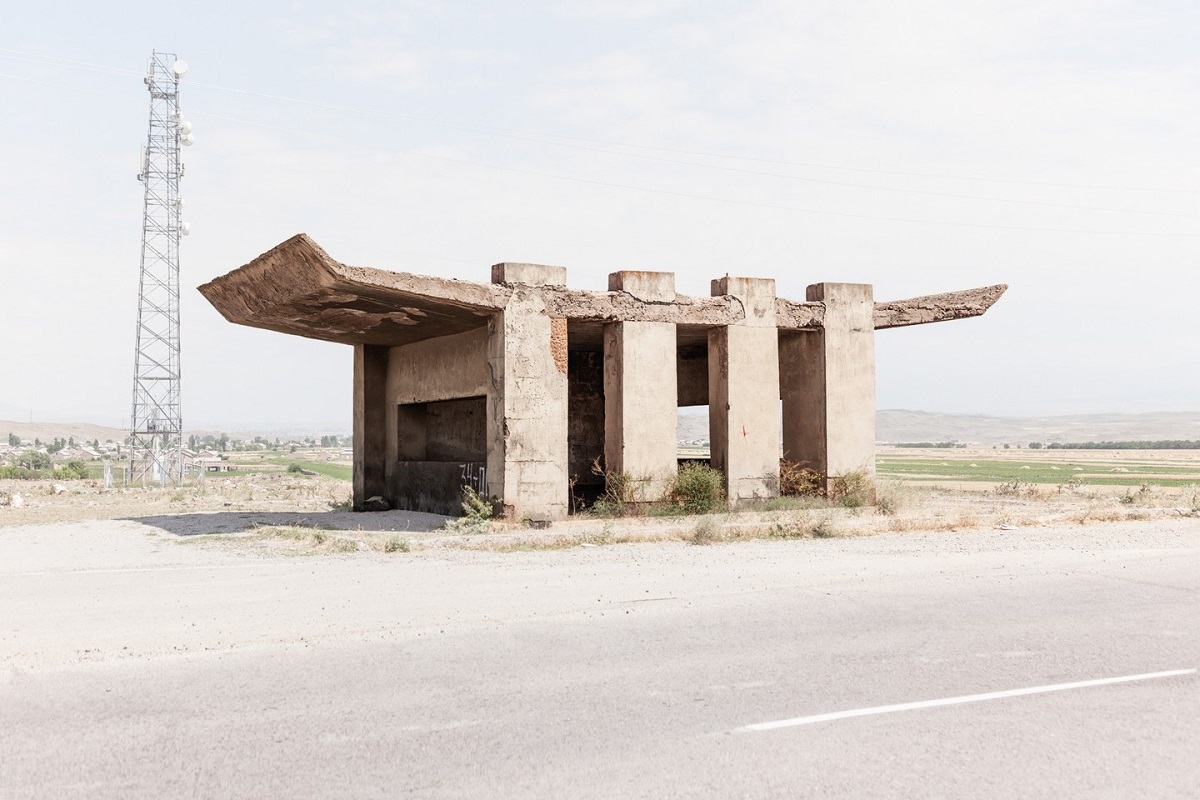
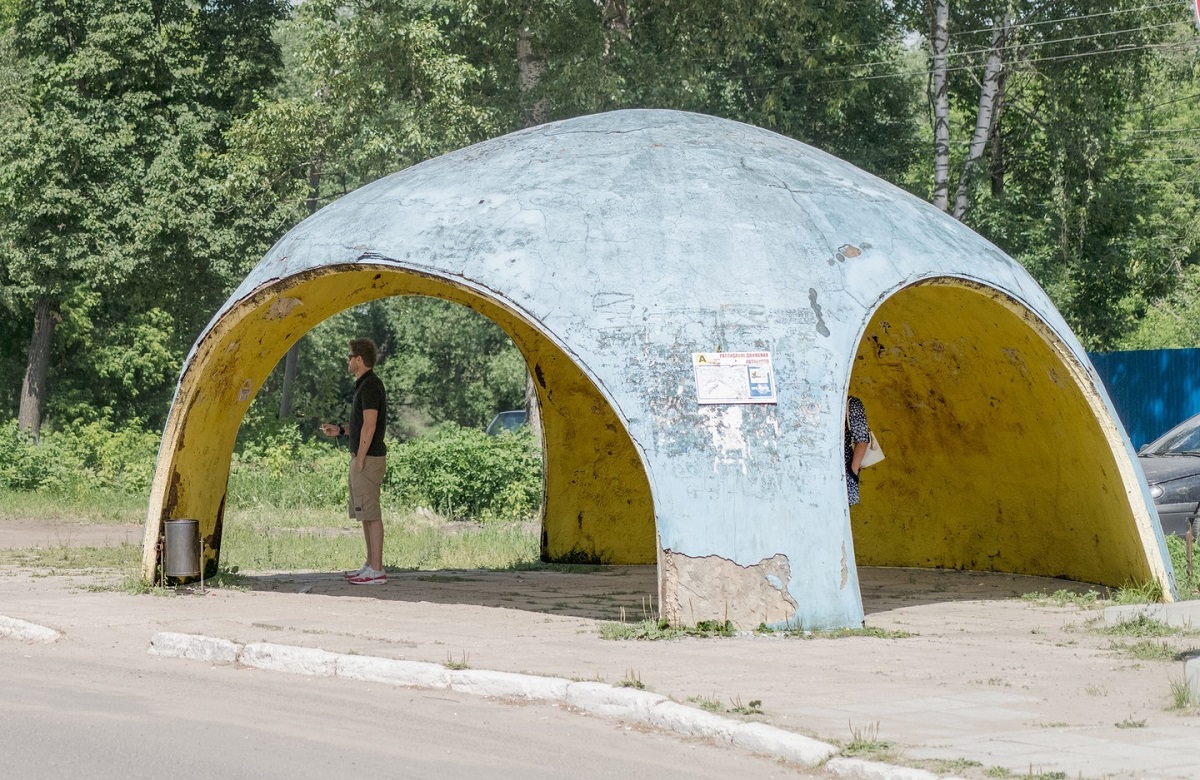
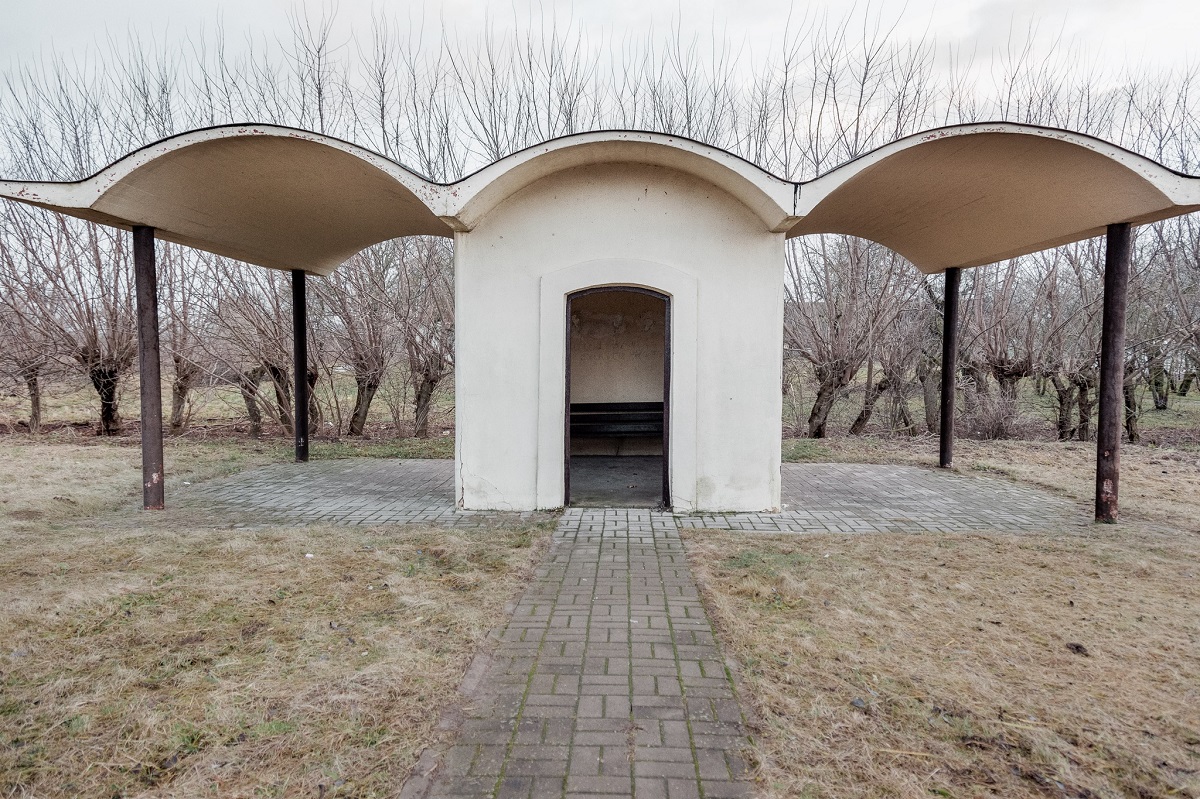
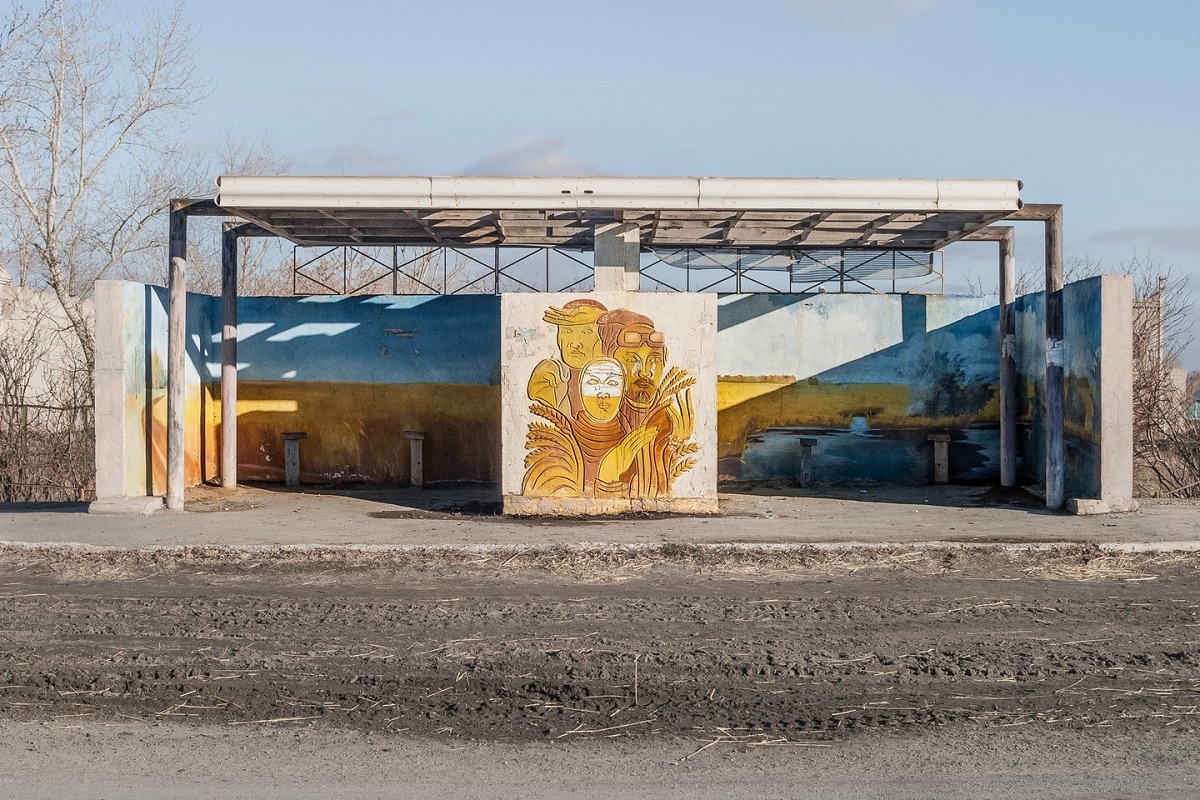
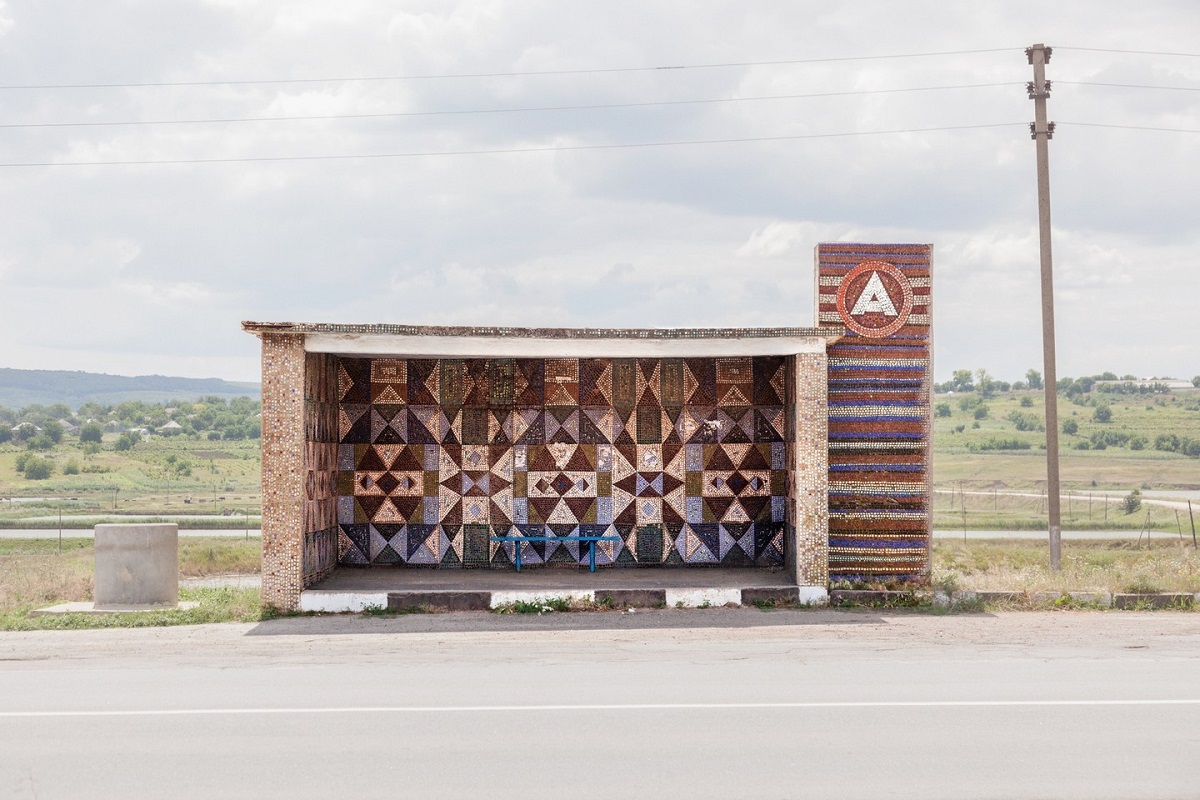
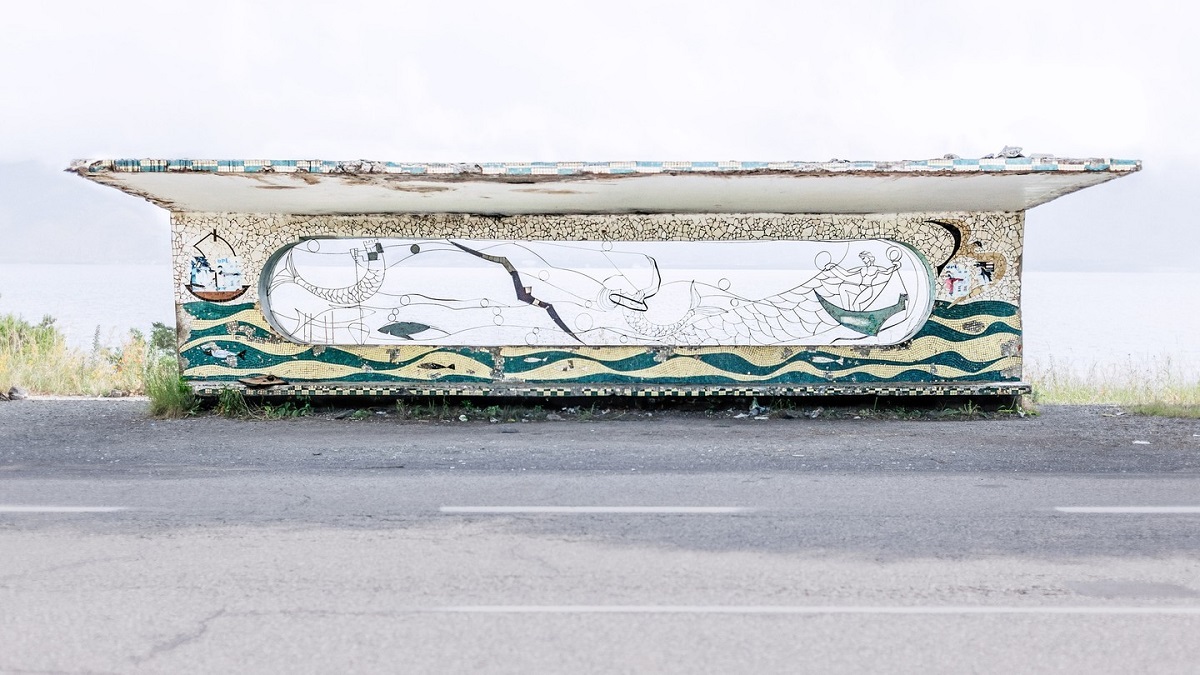
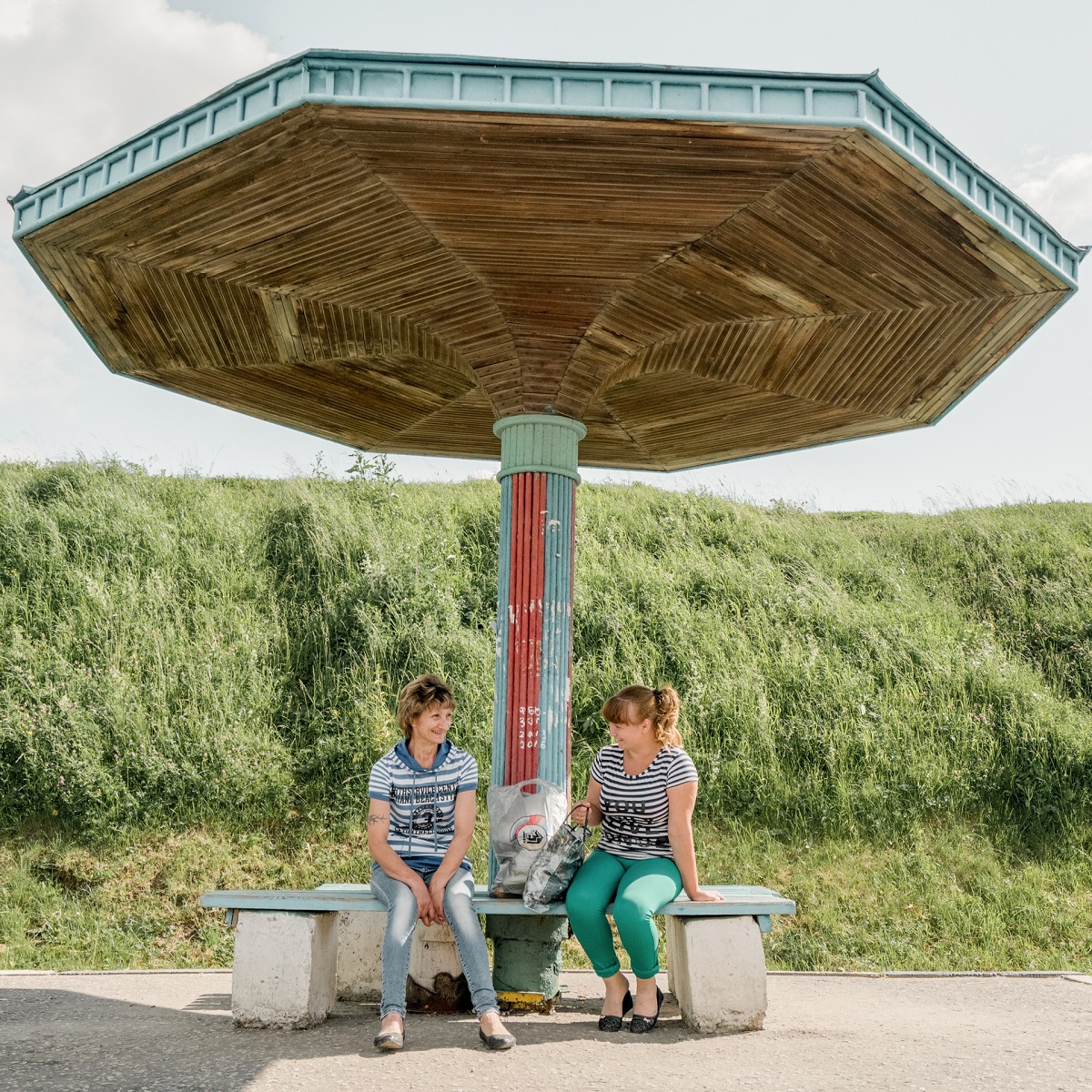
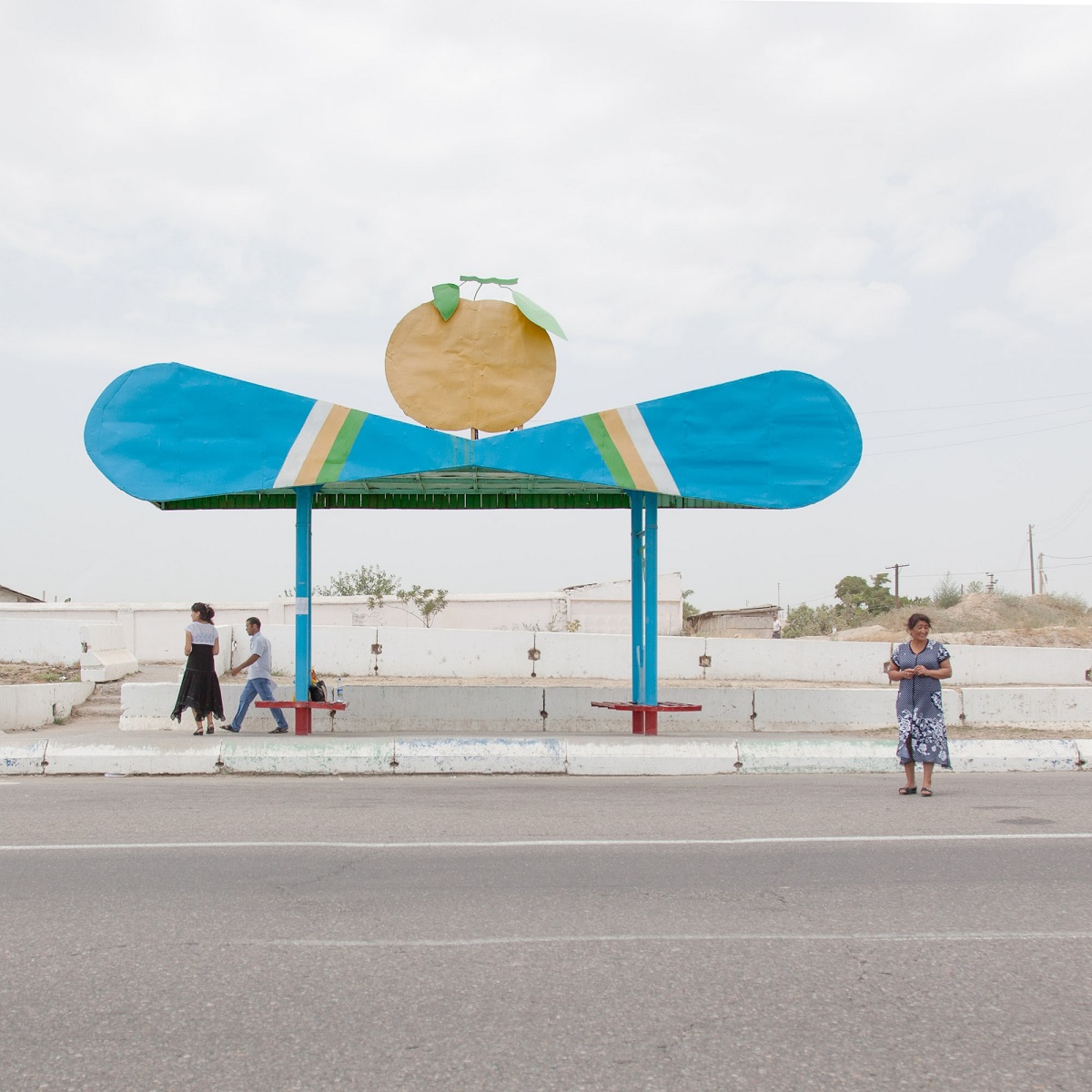








Discussion about this post